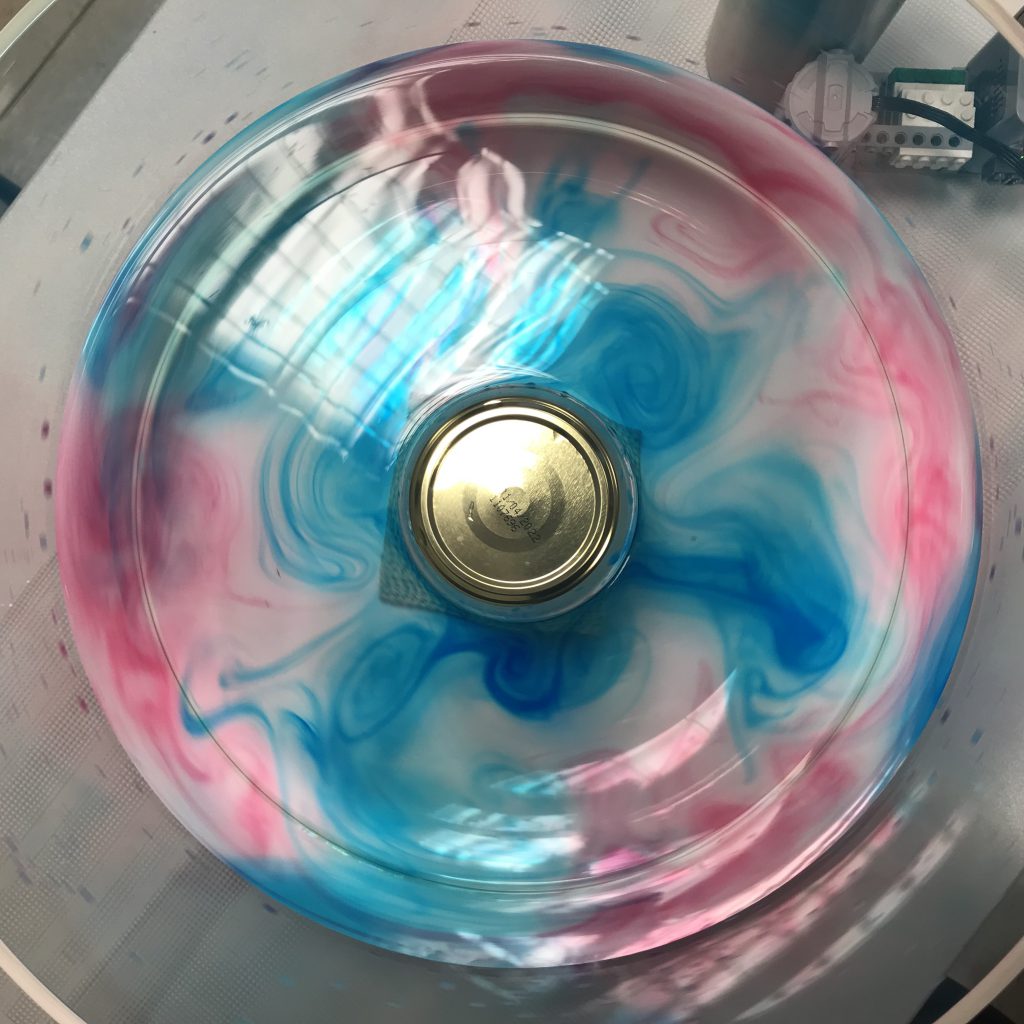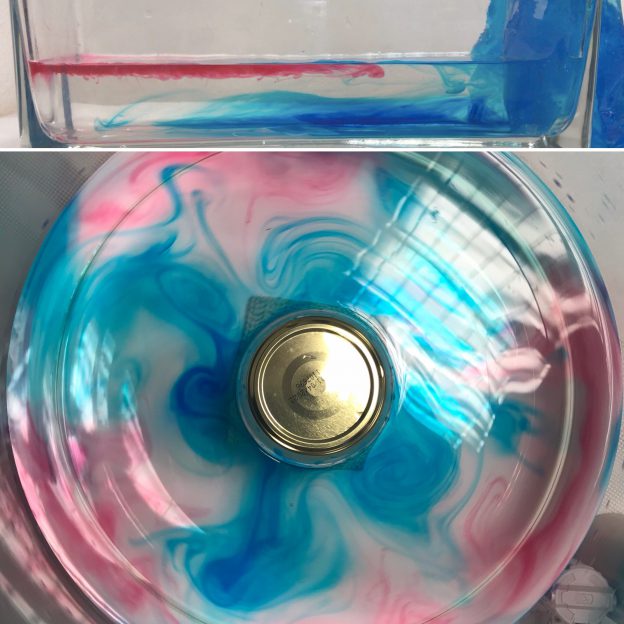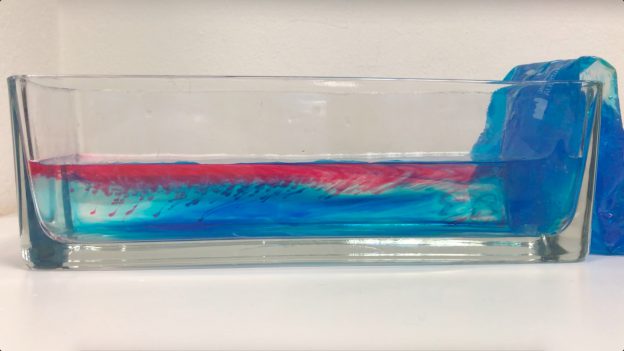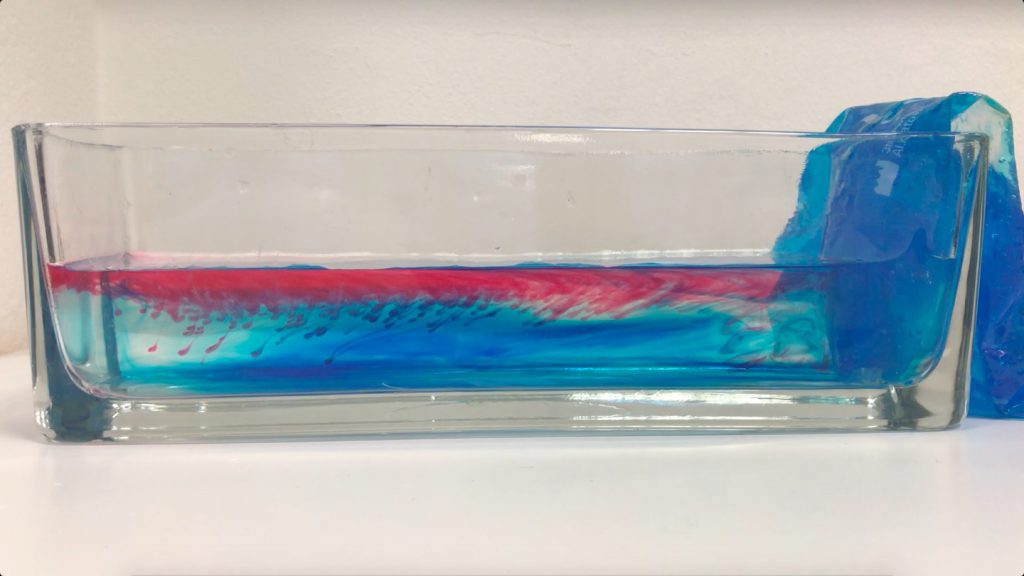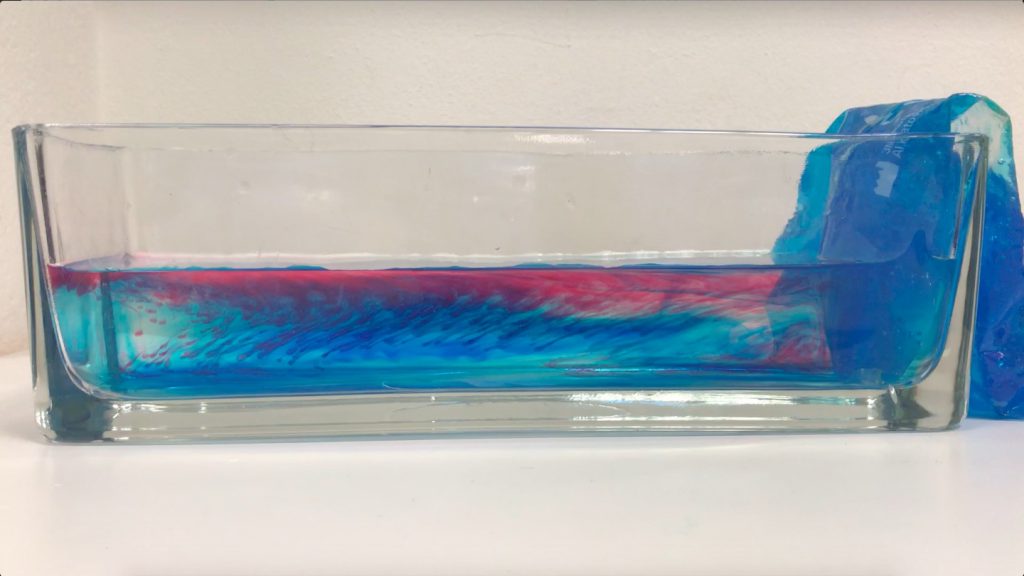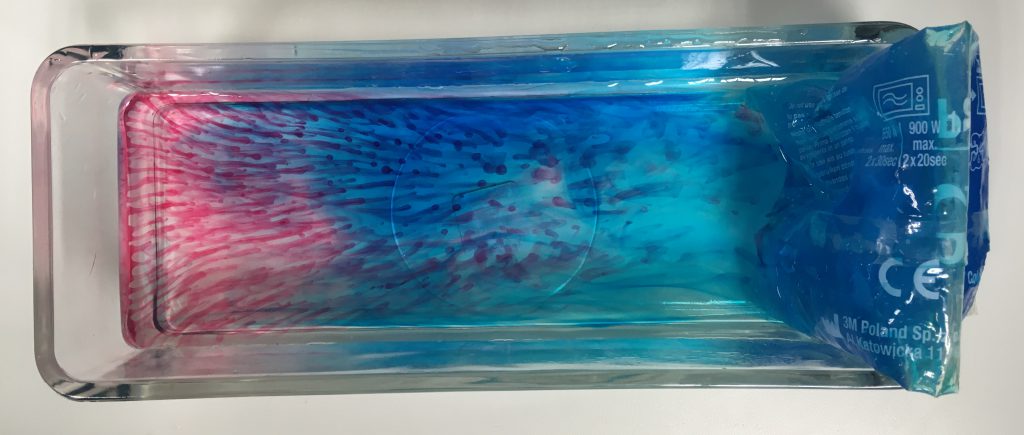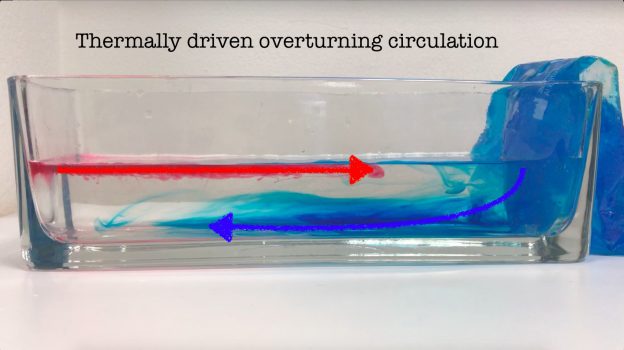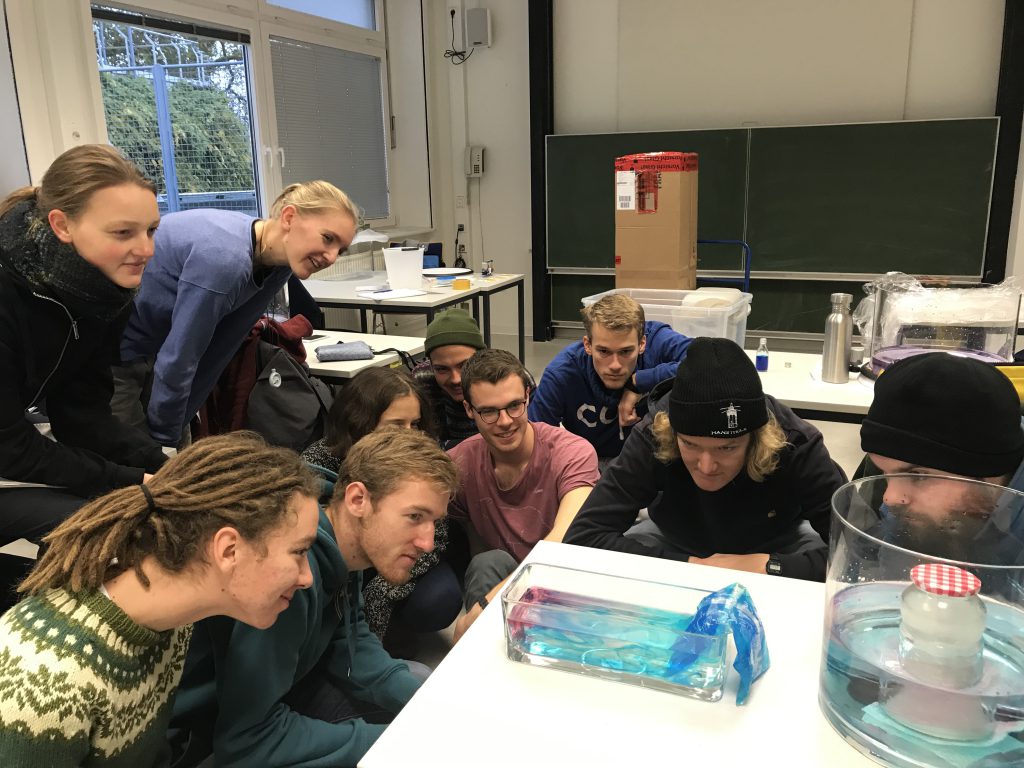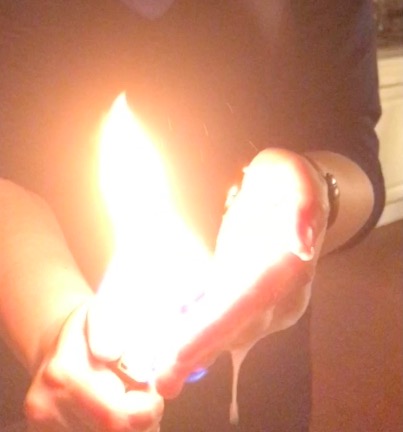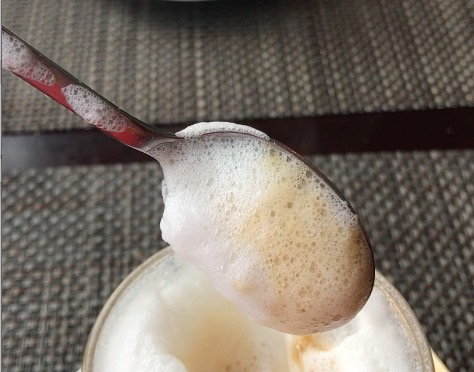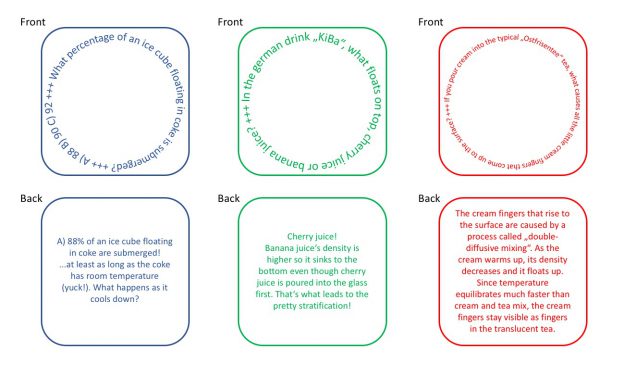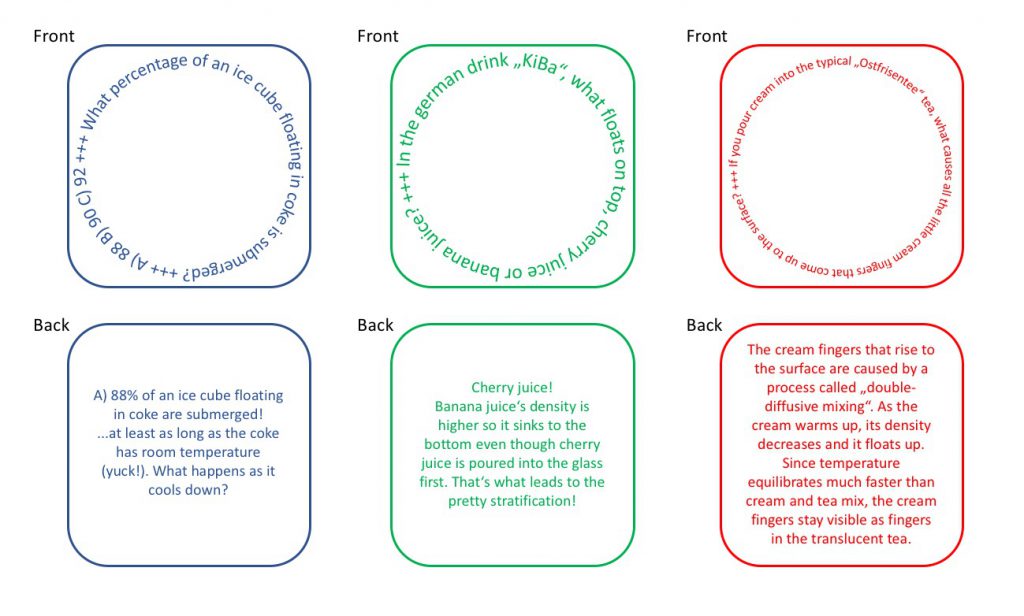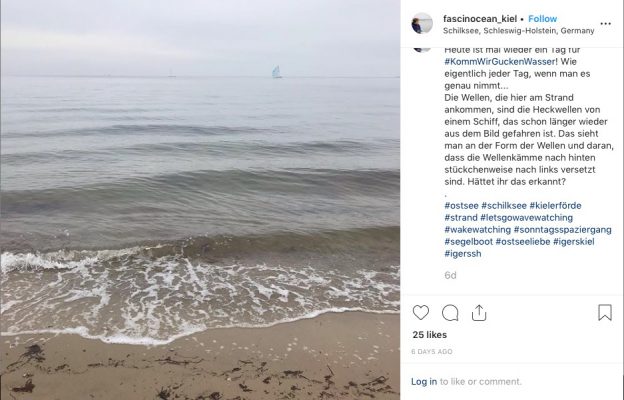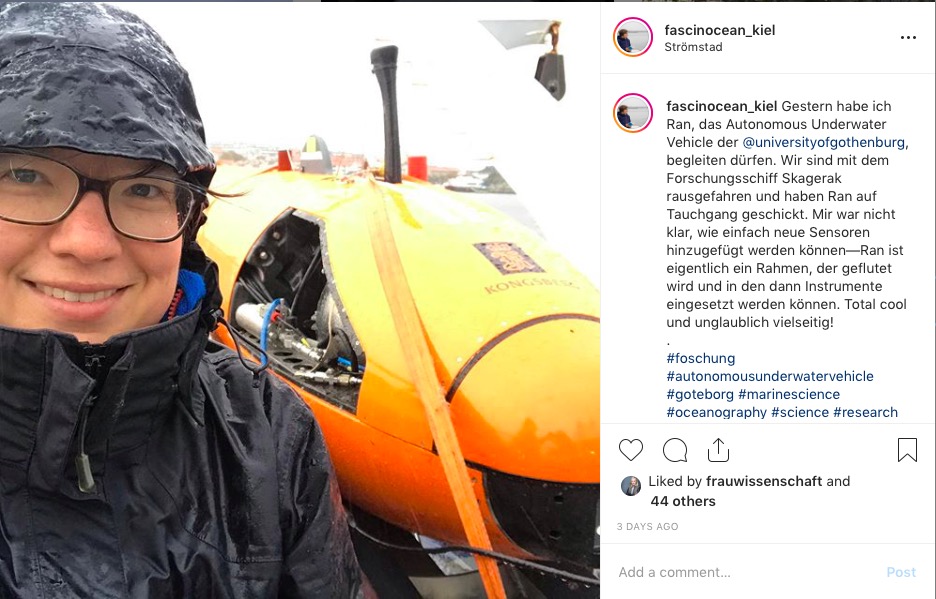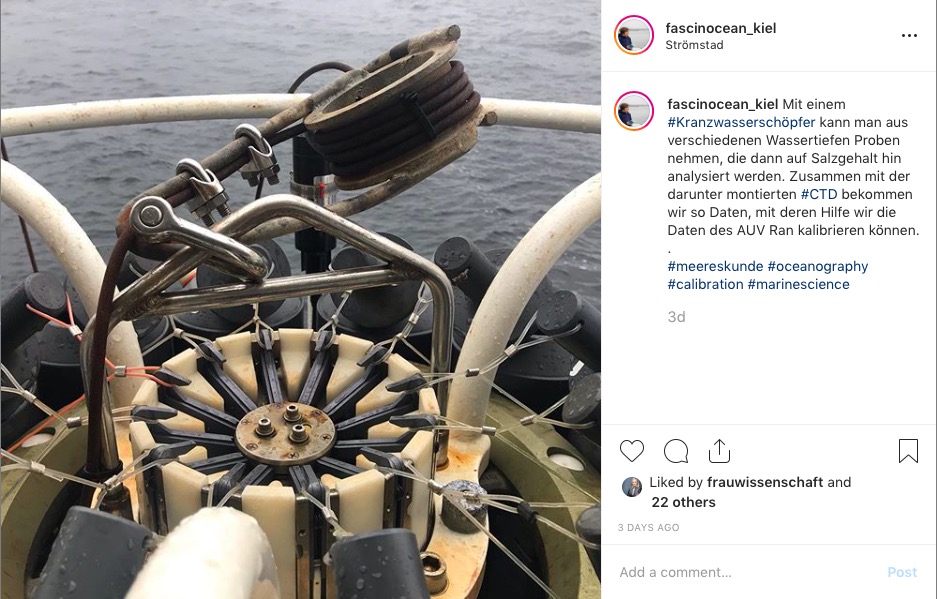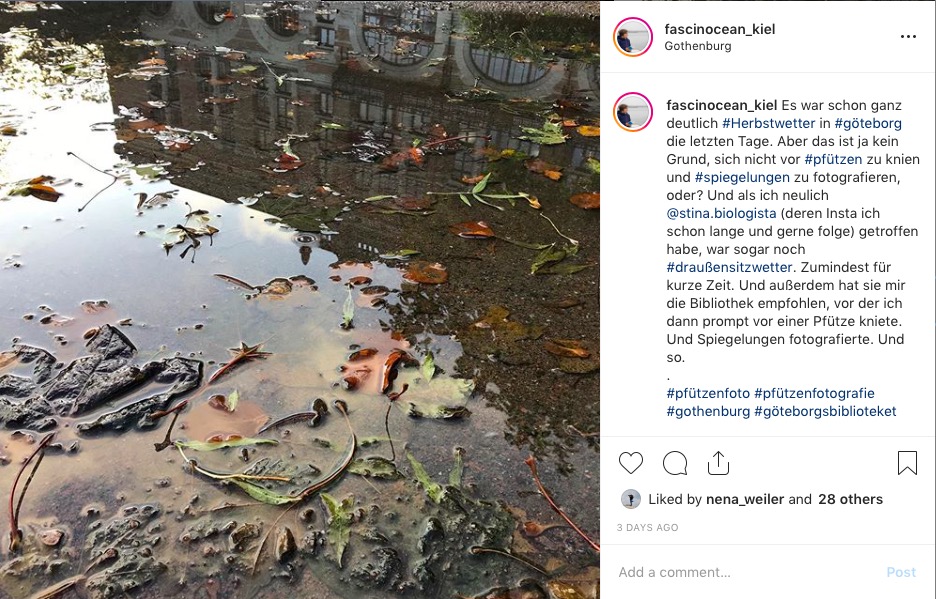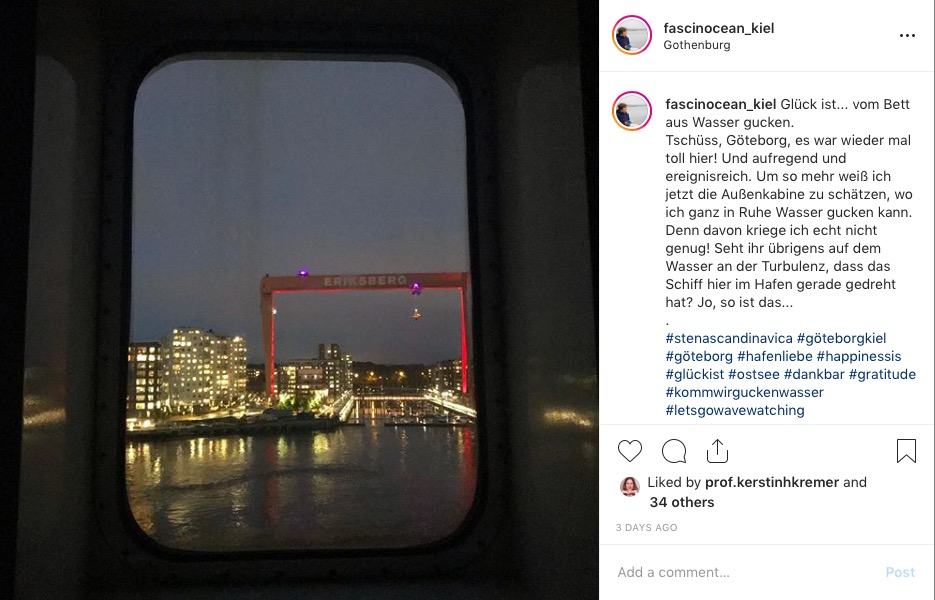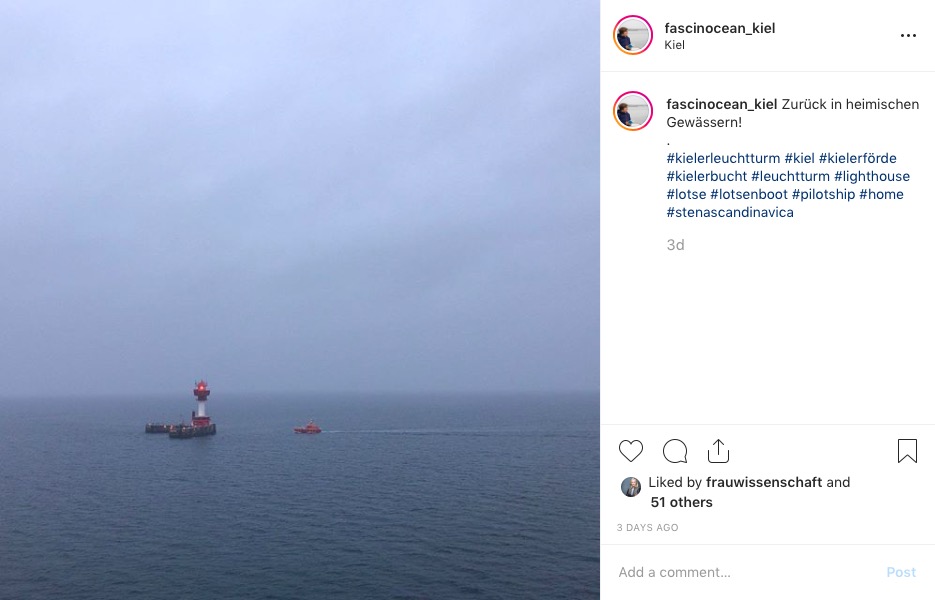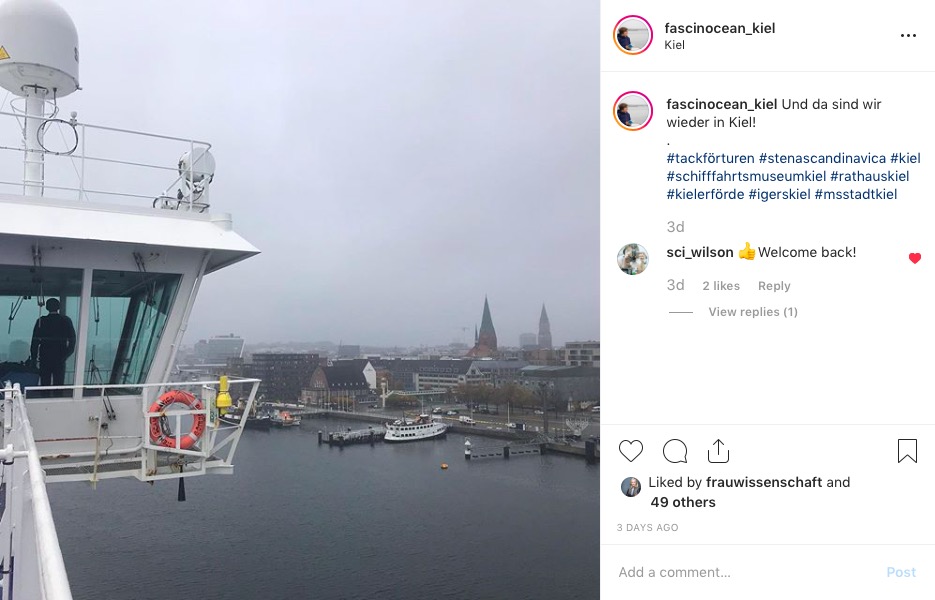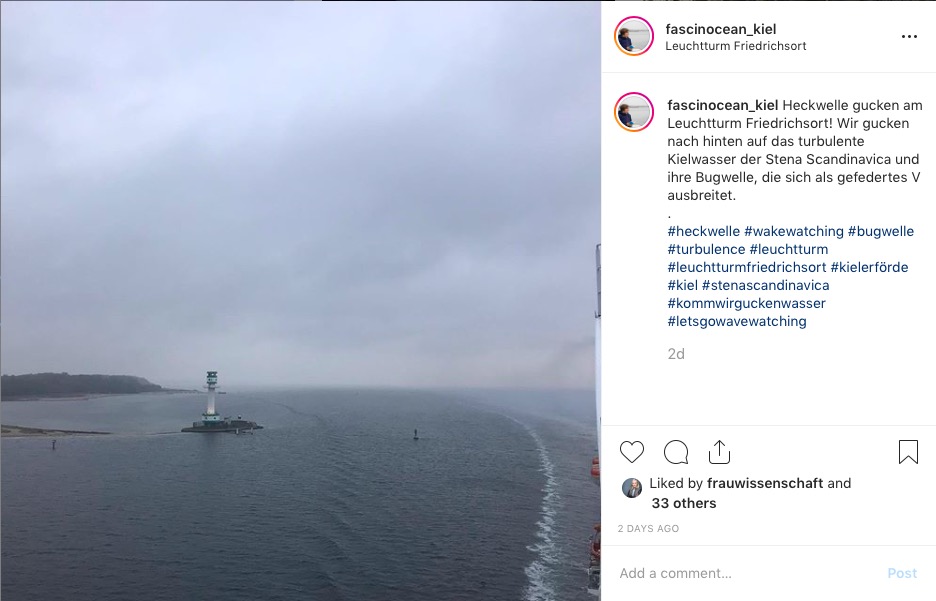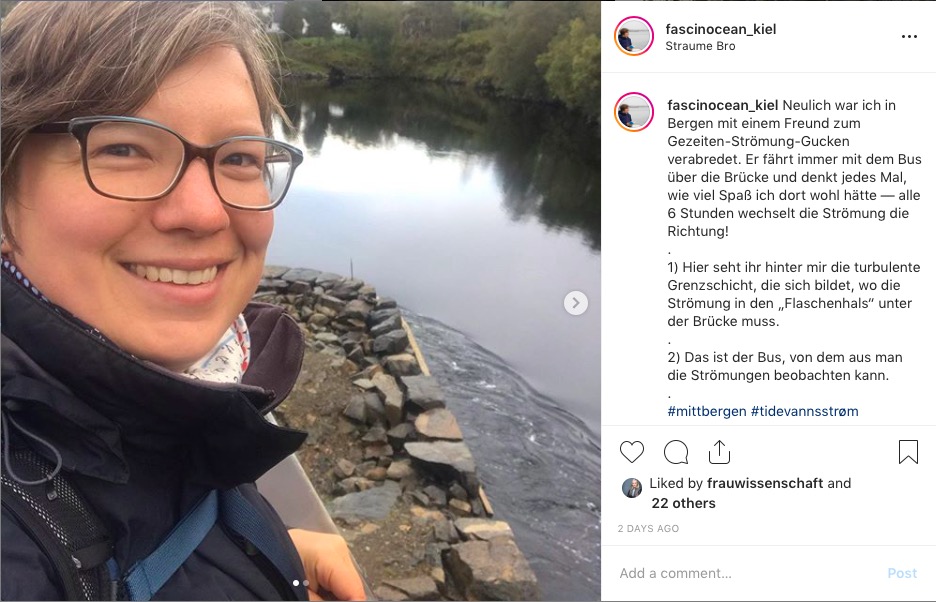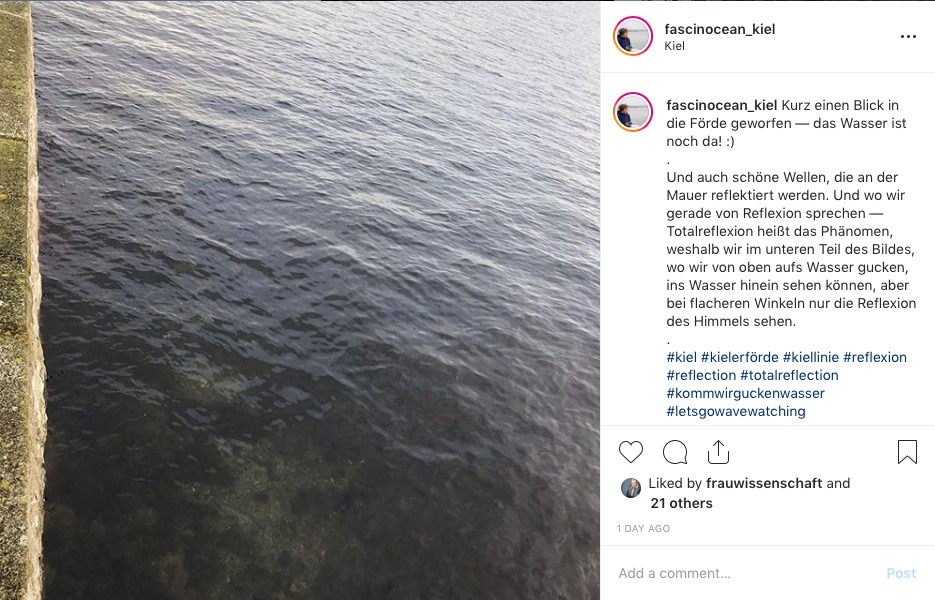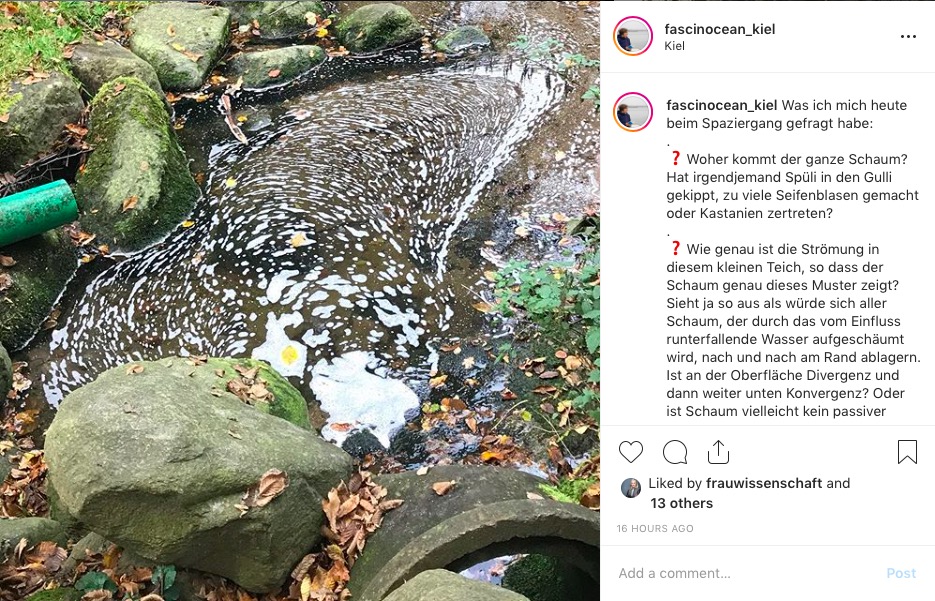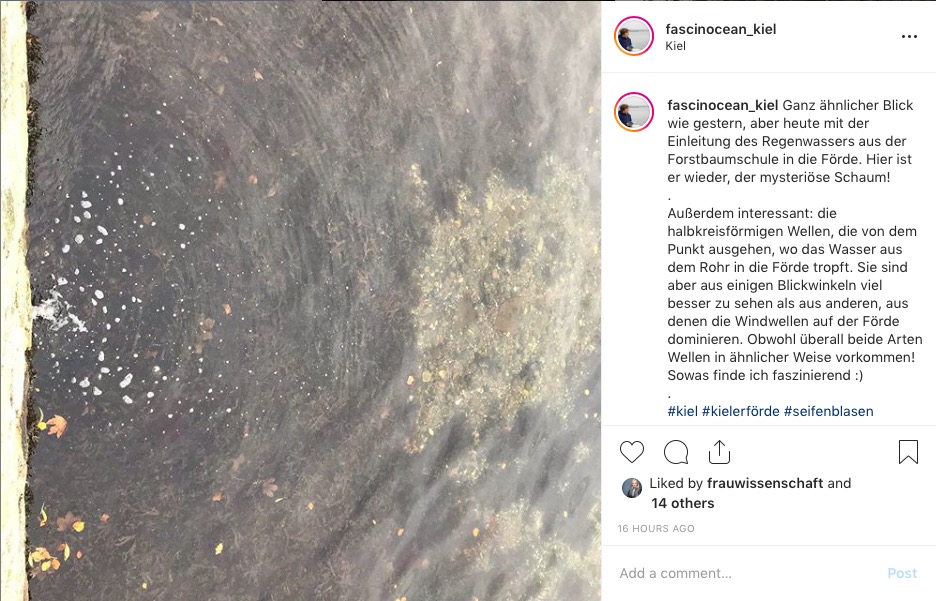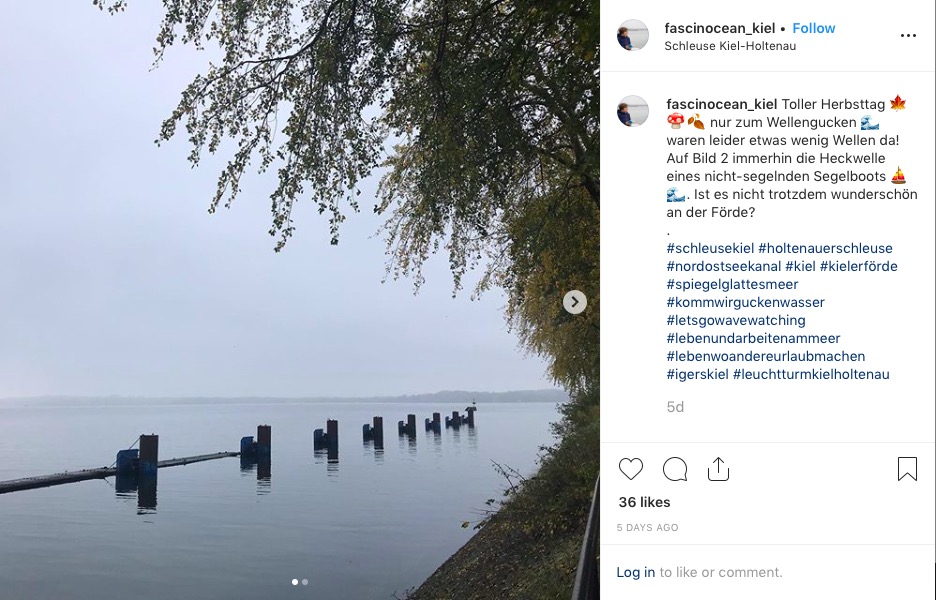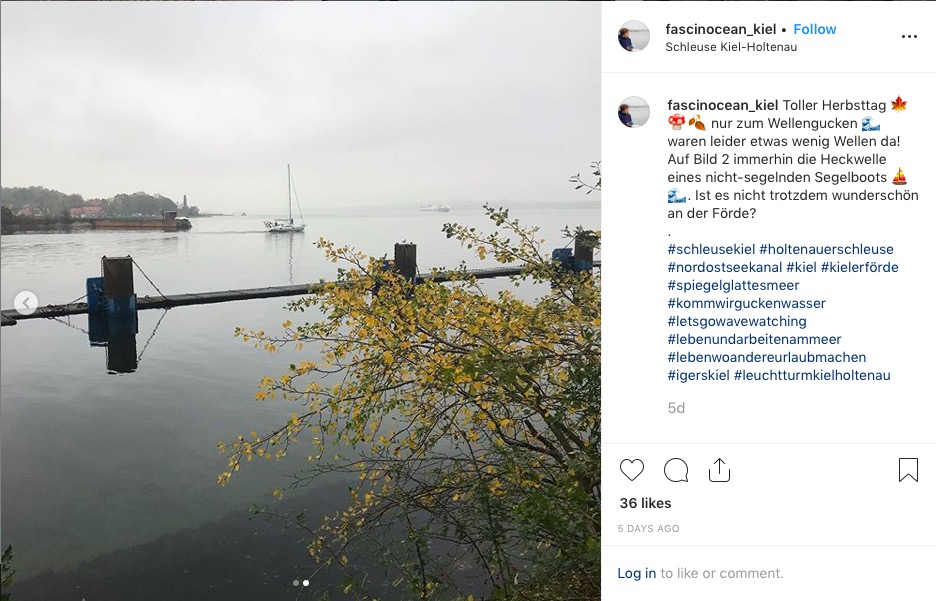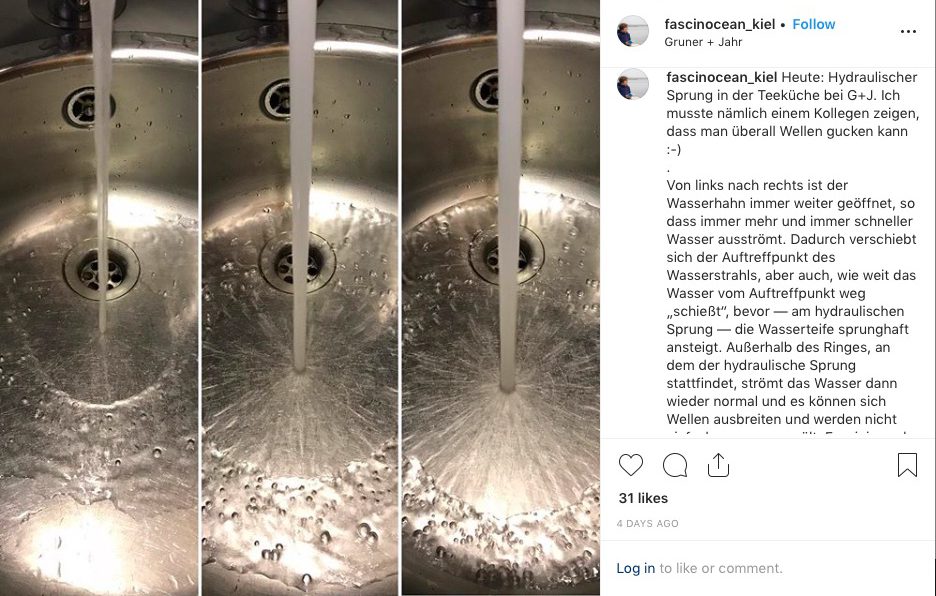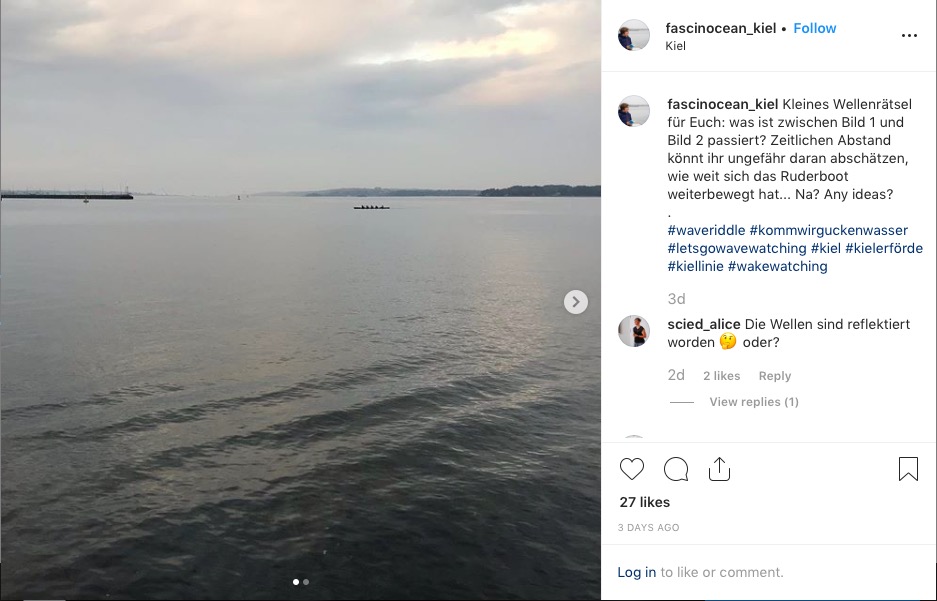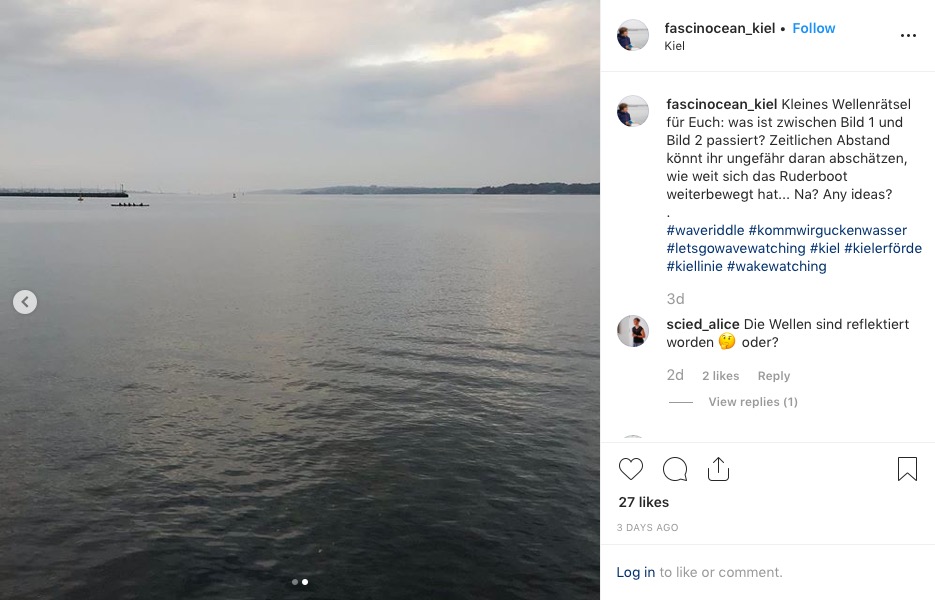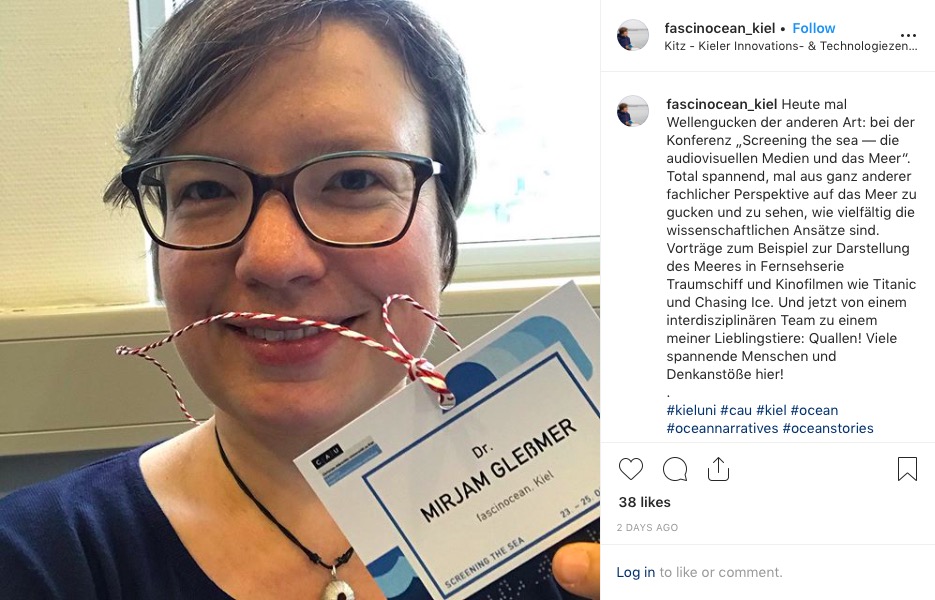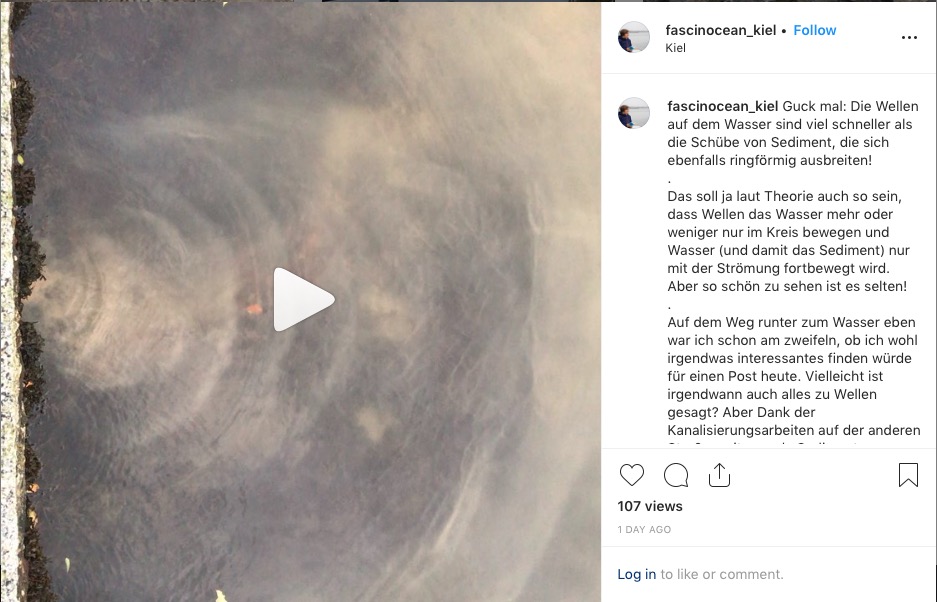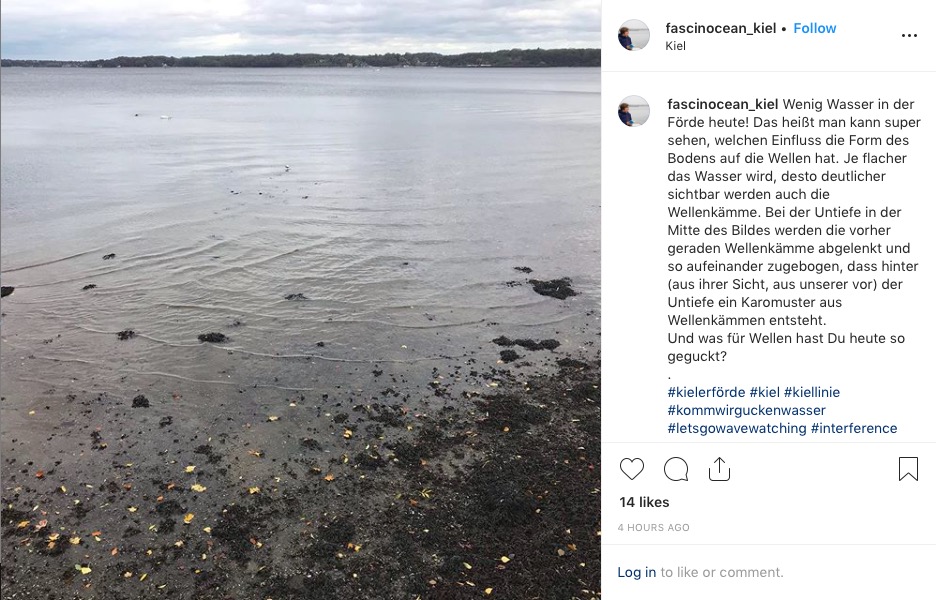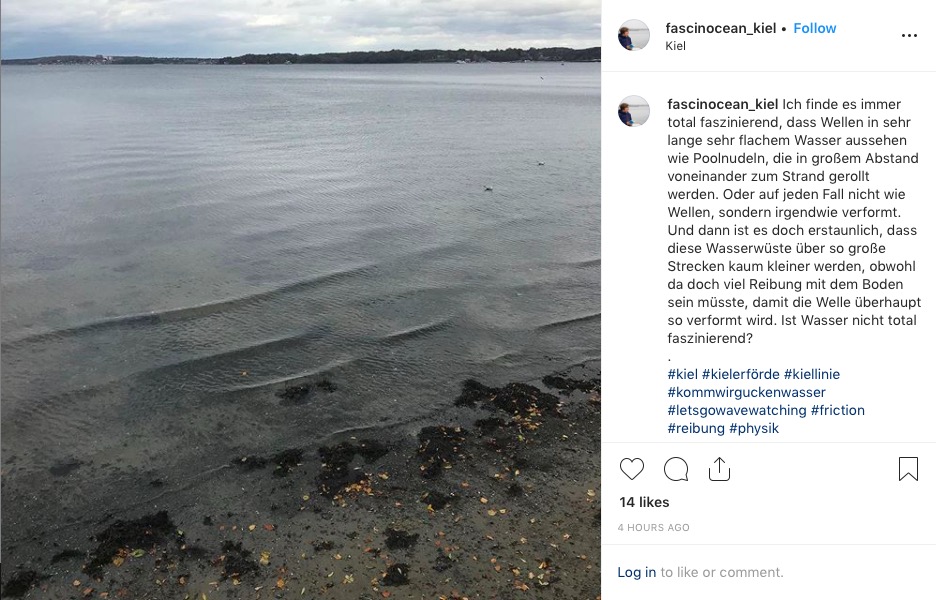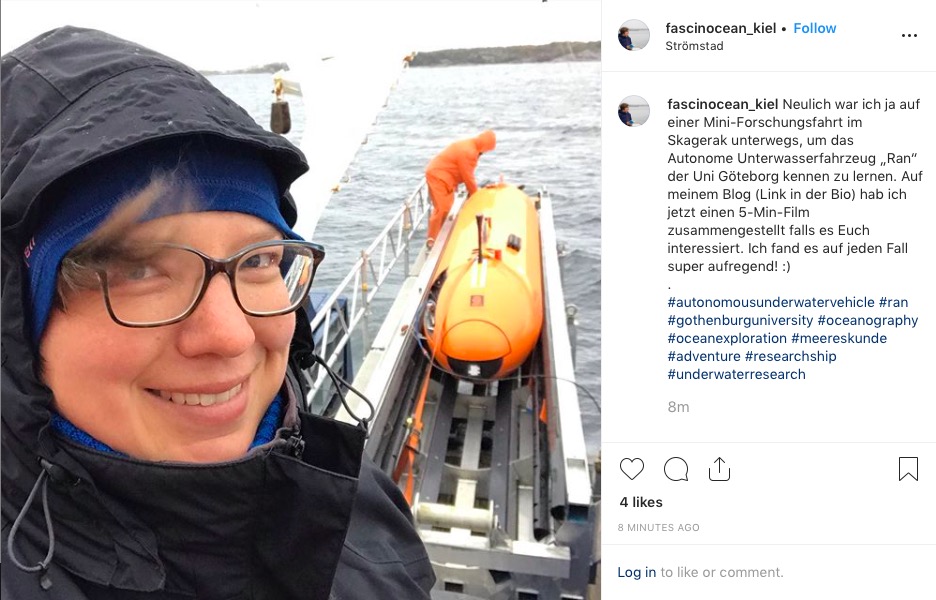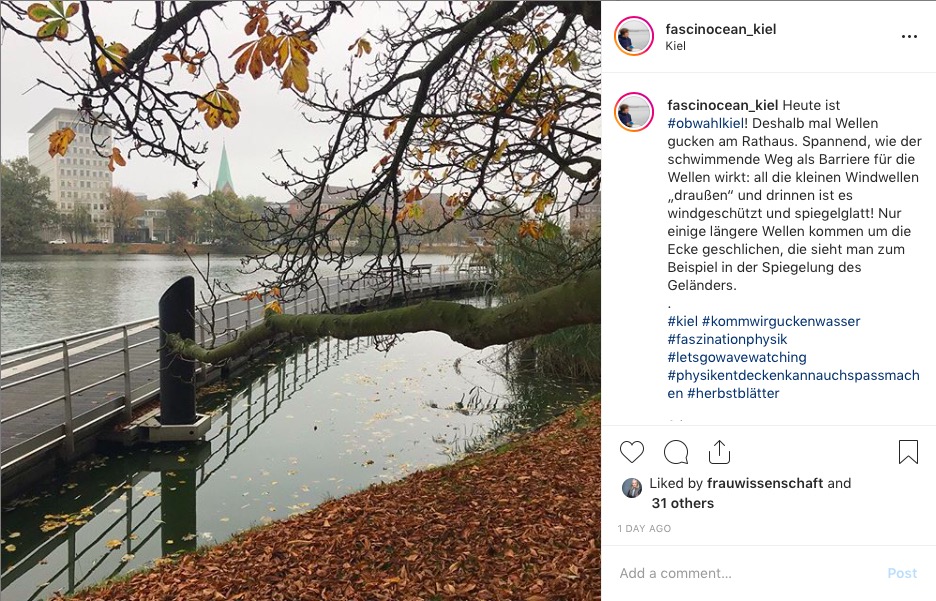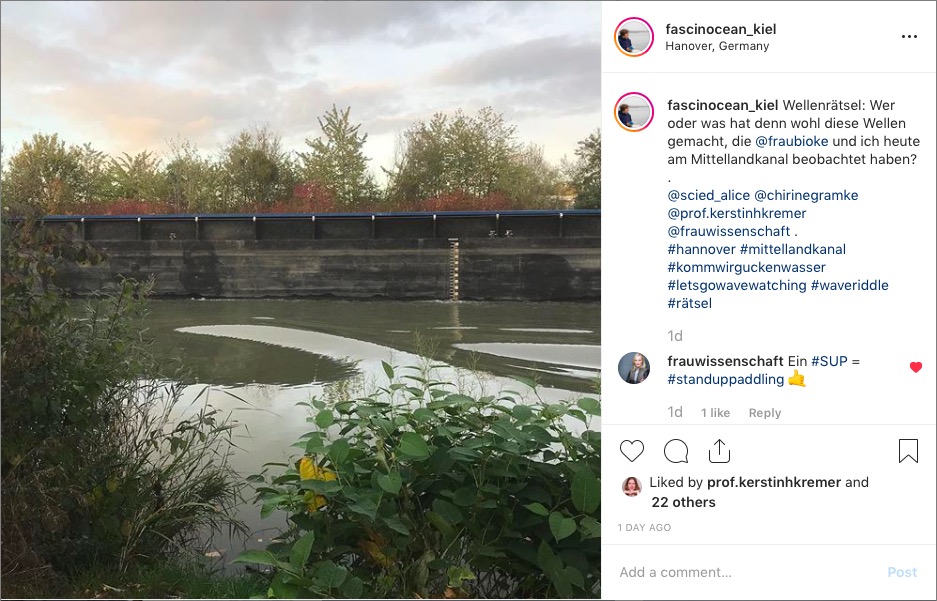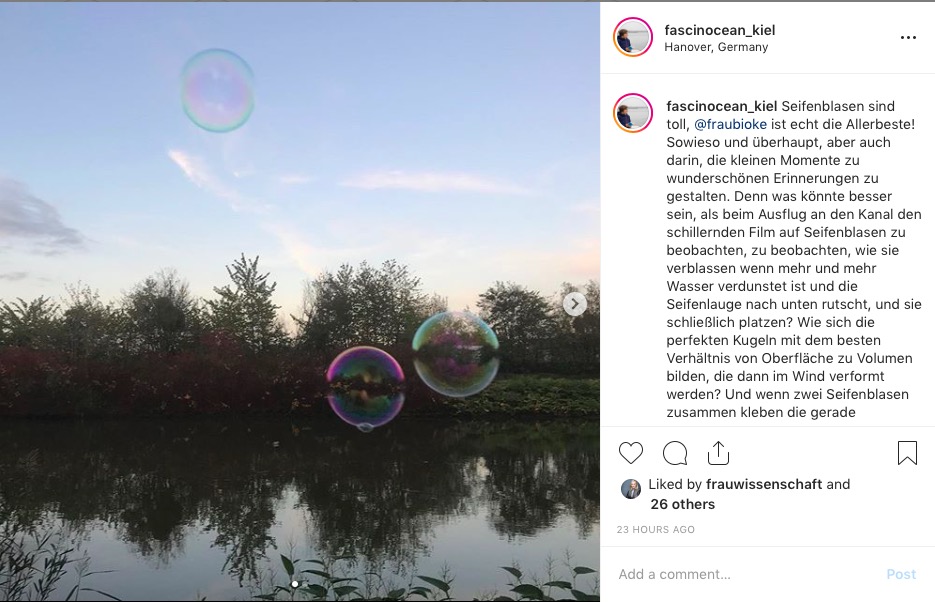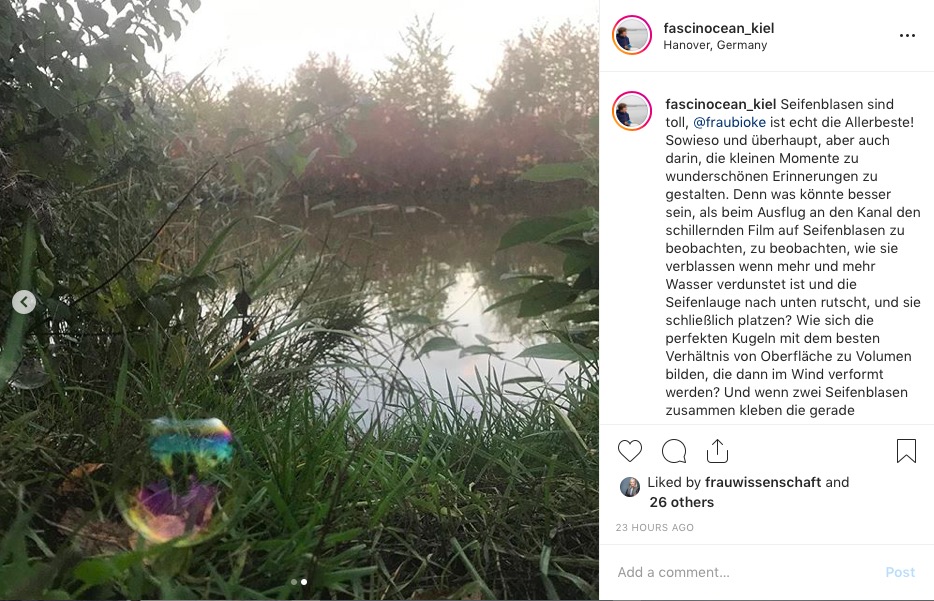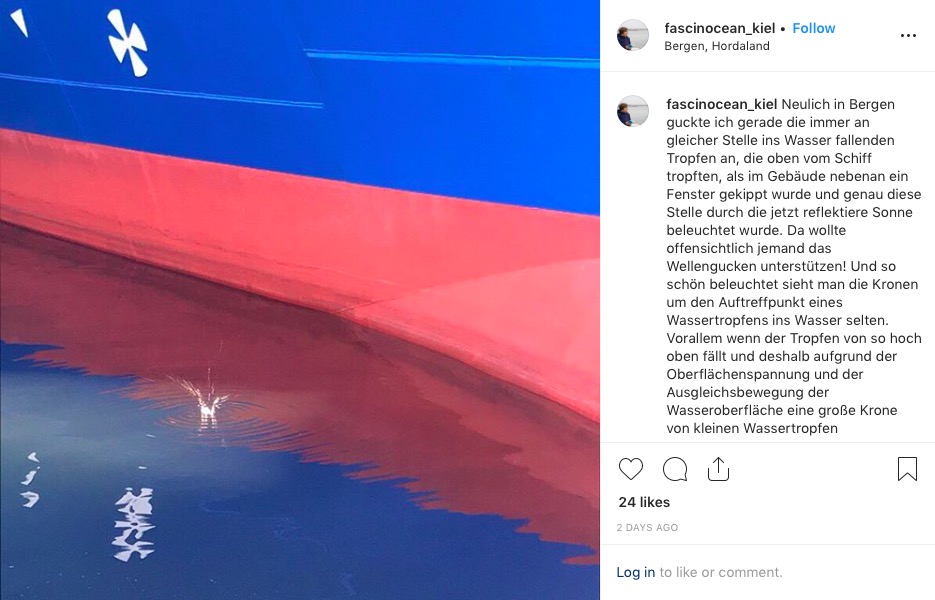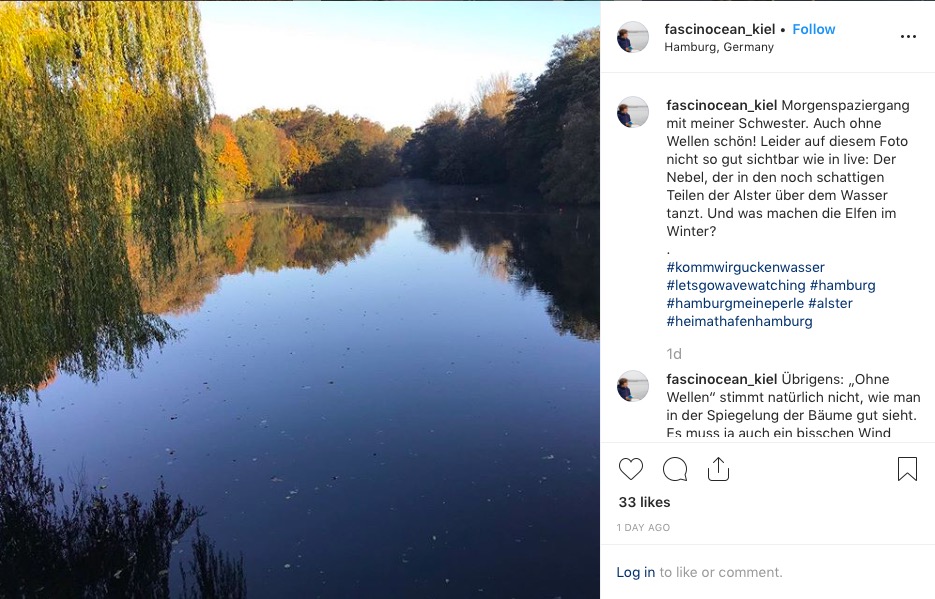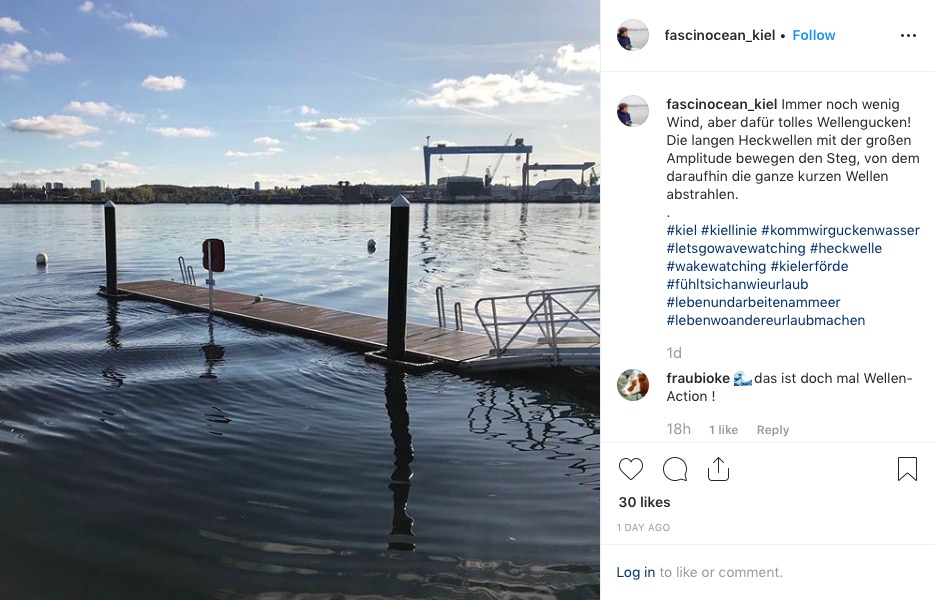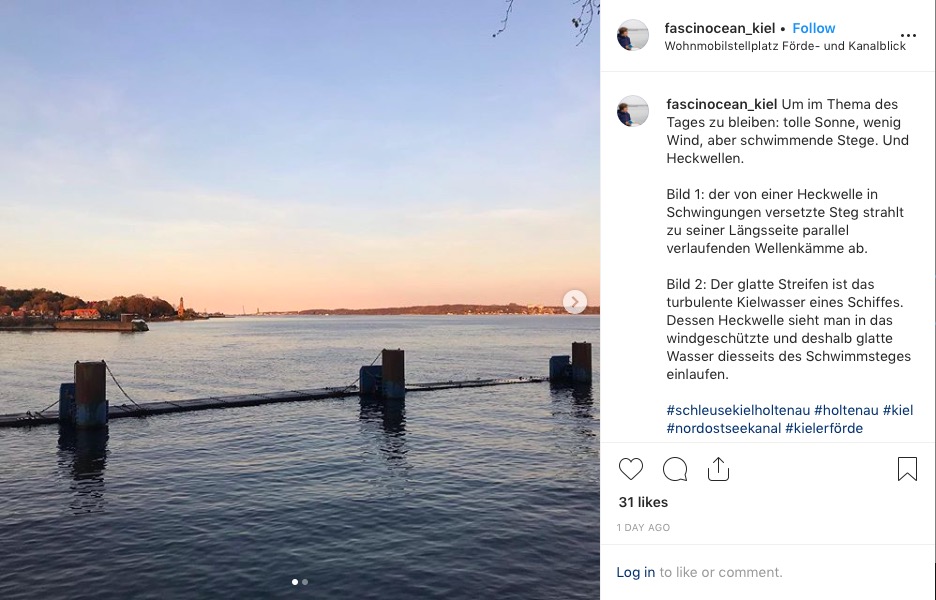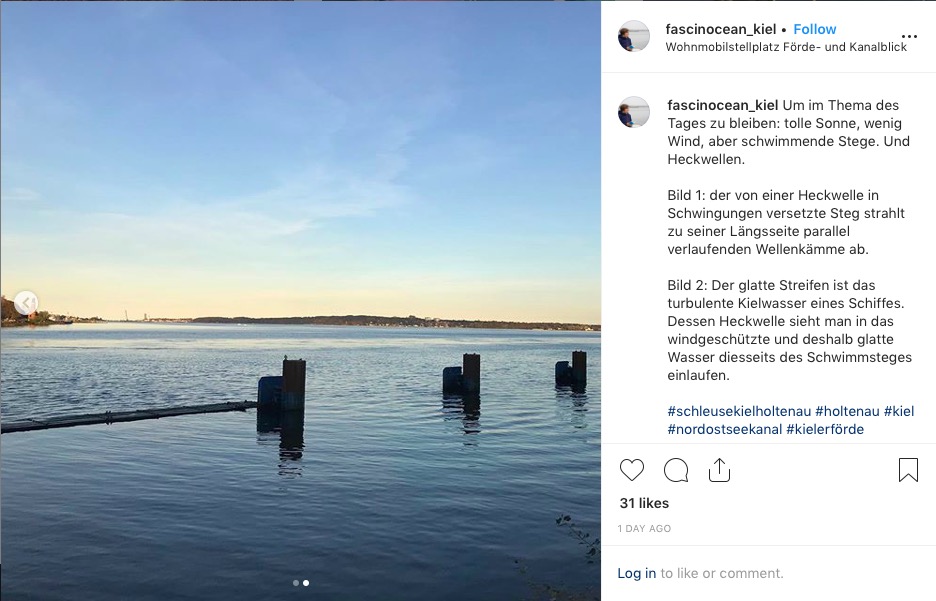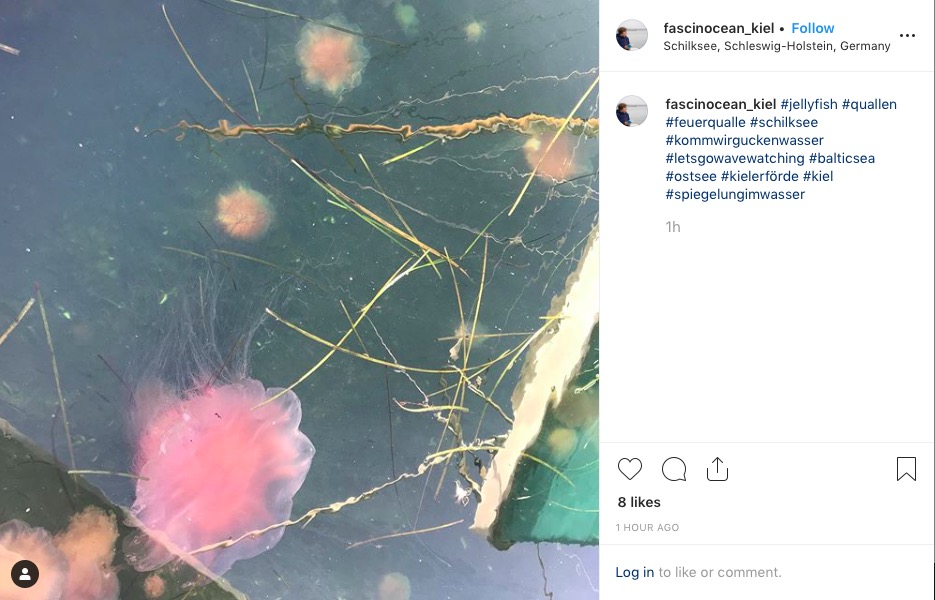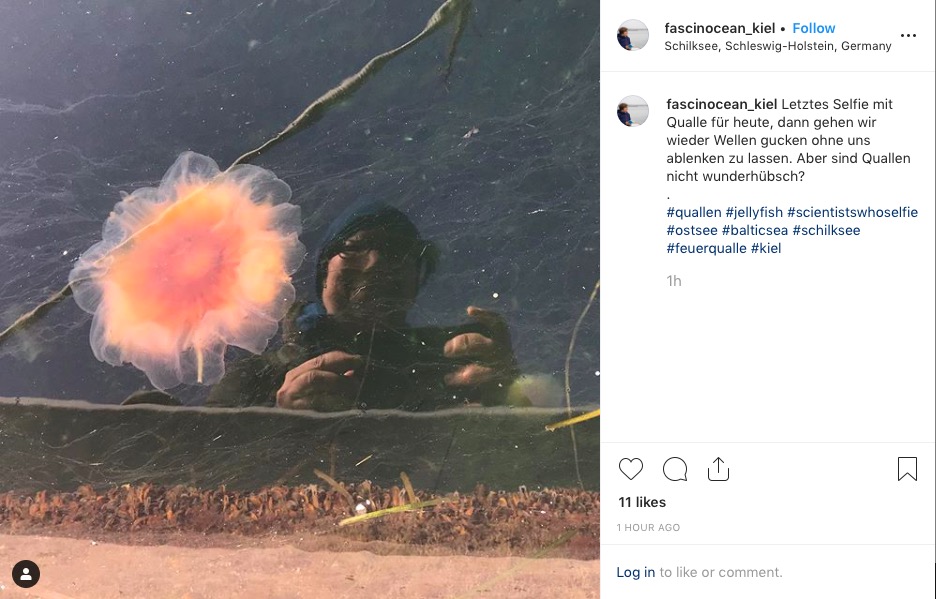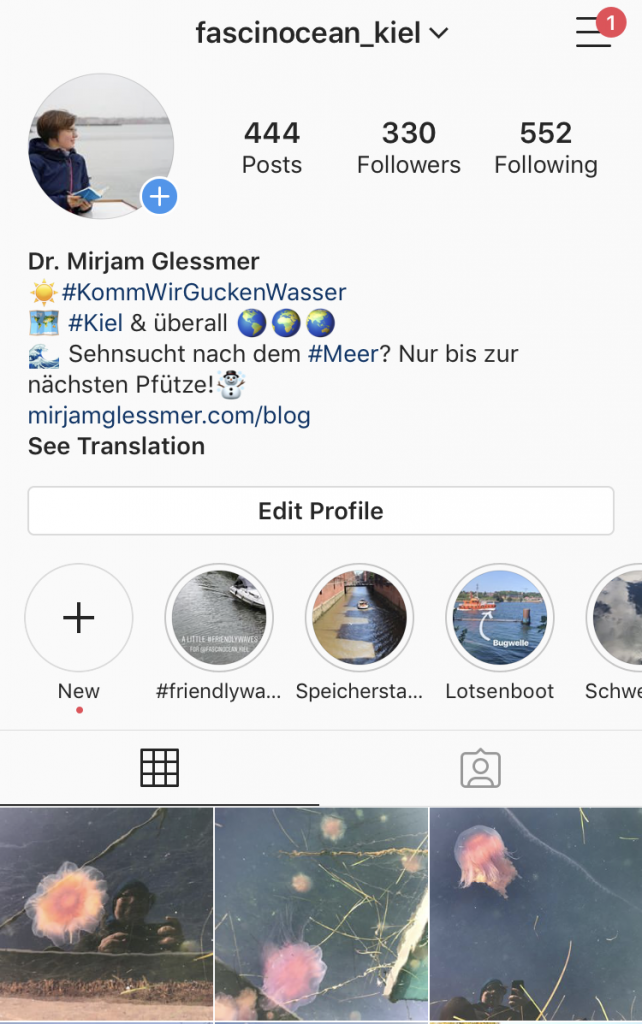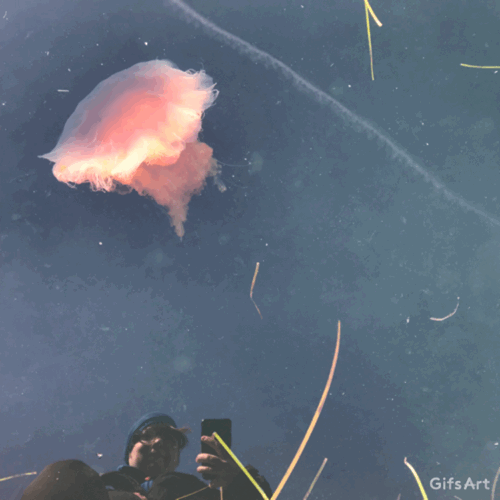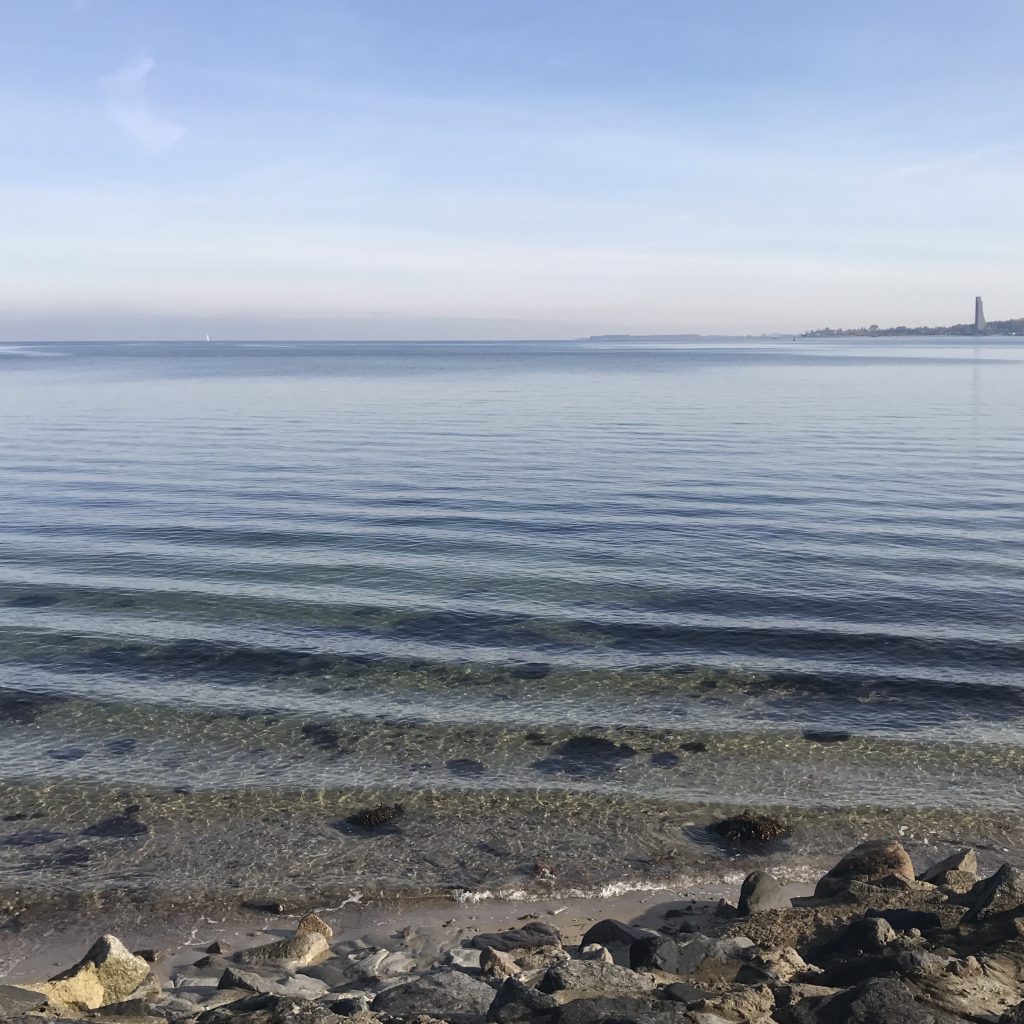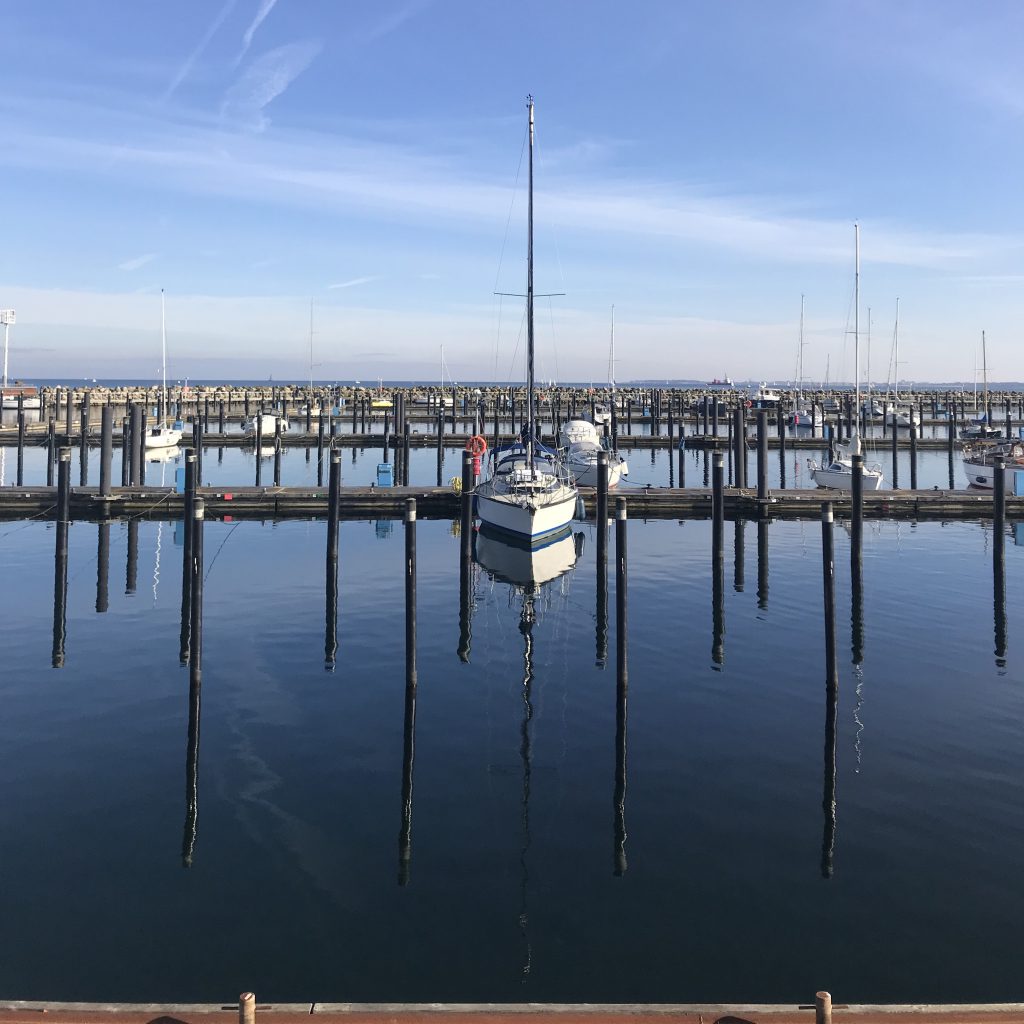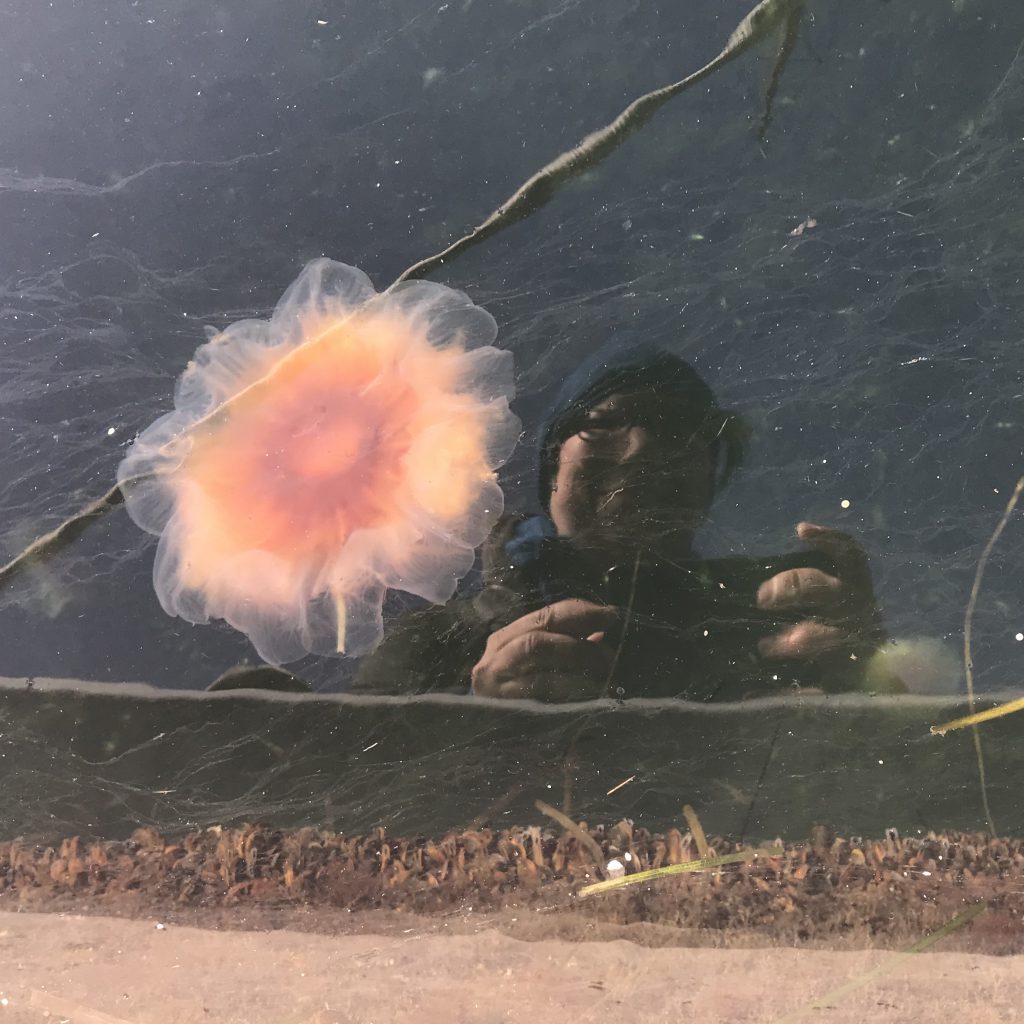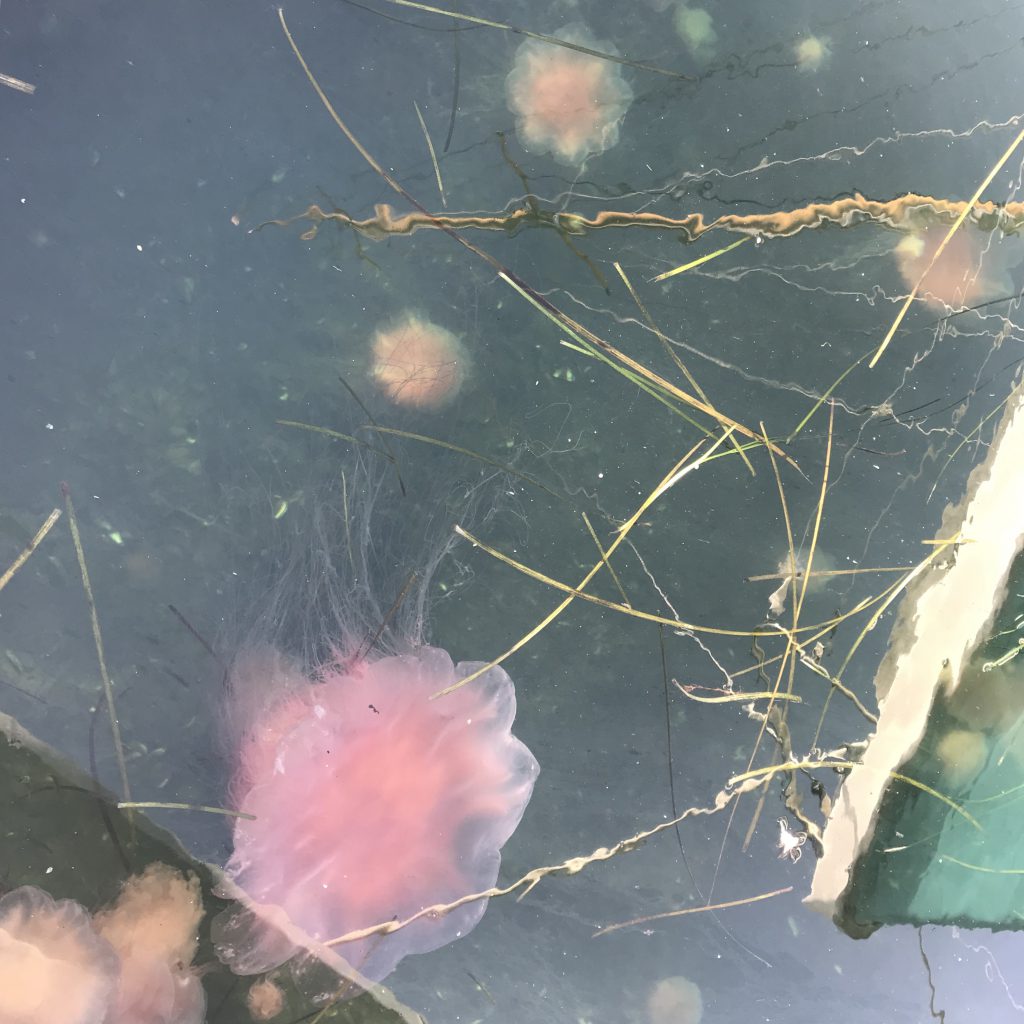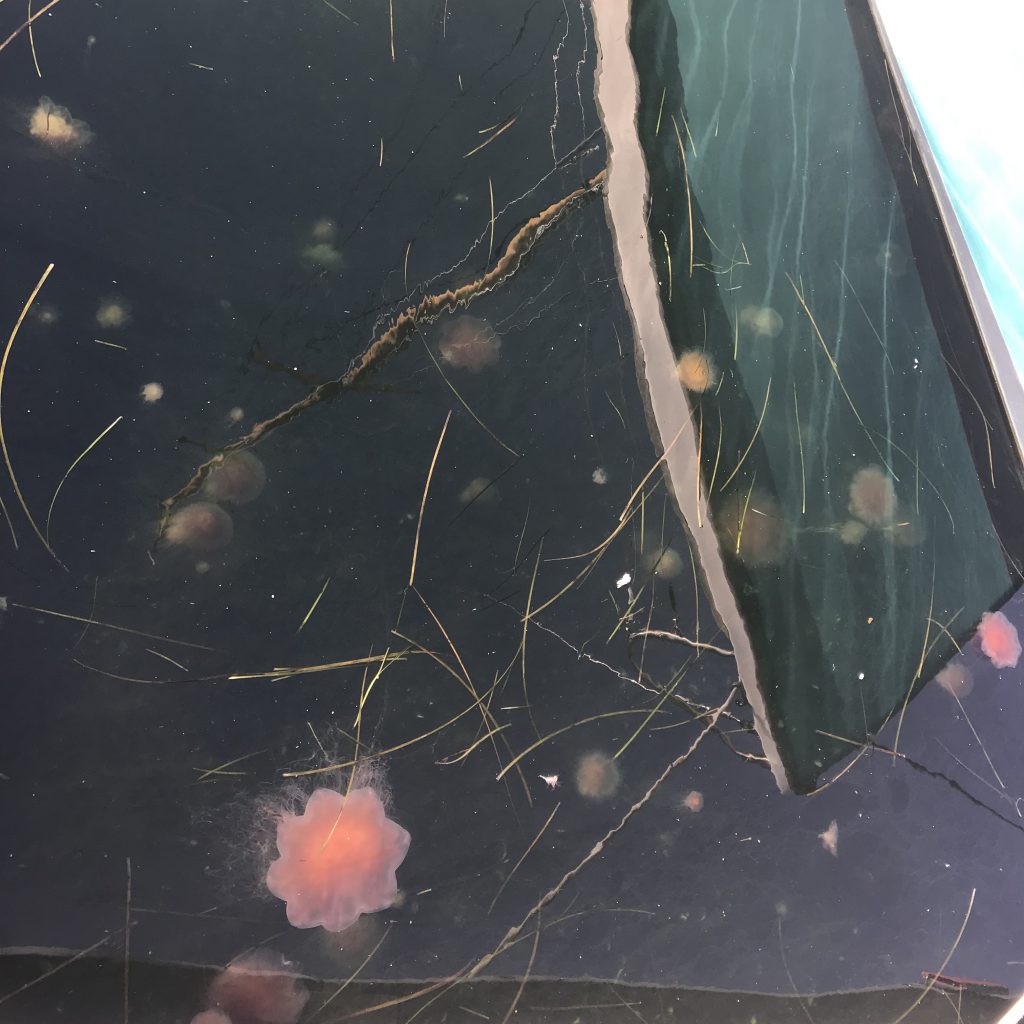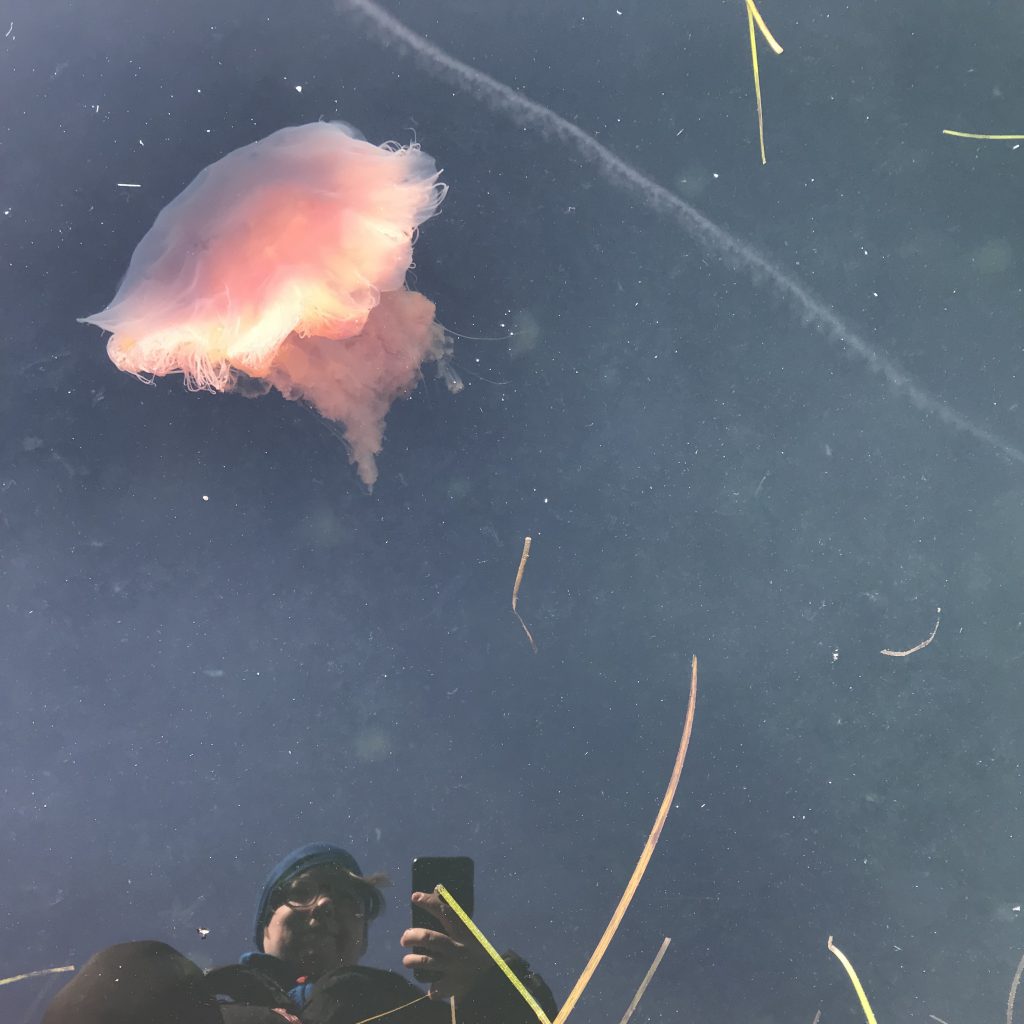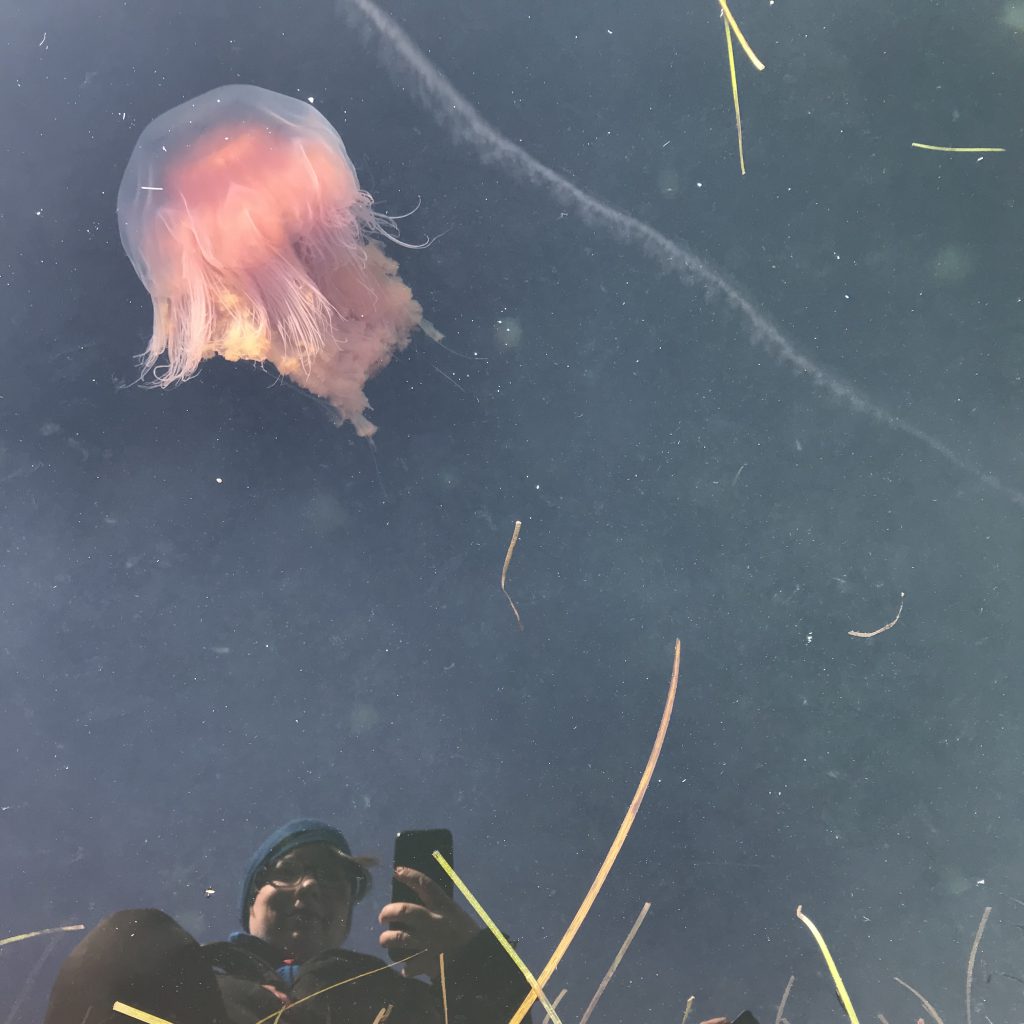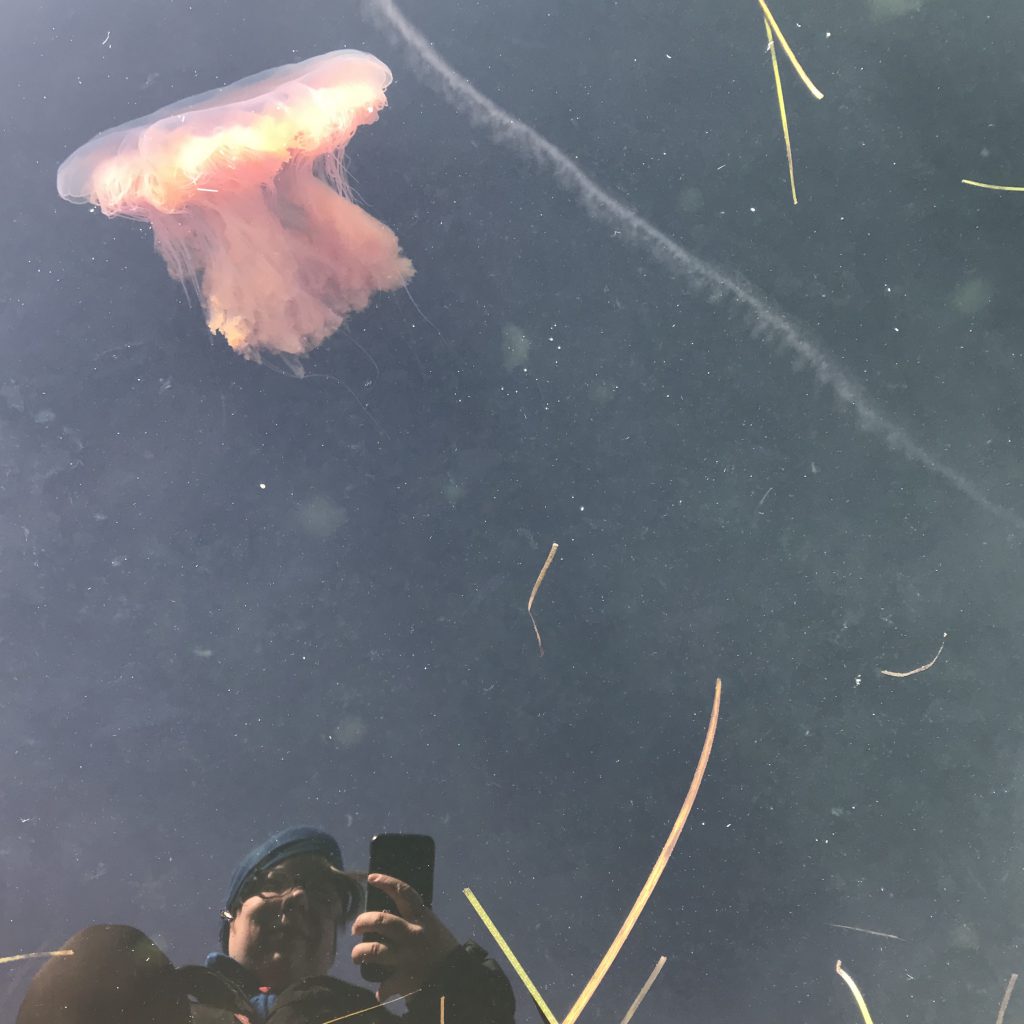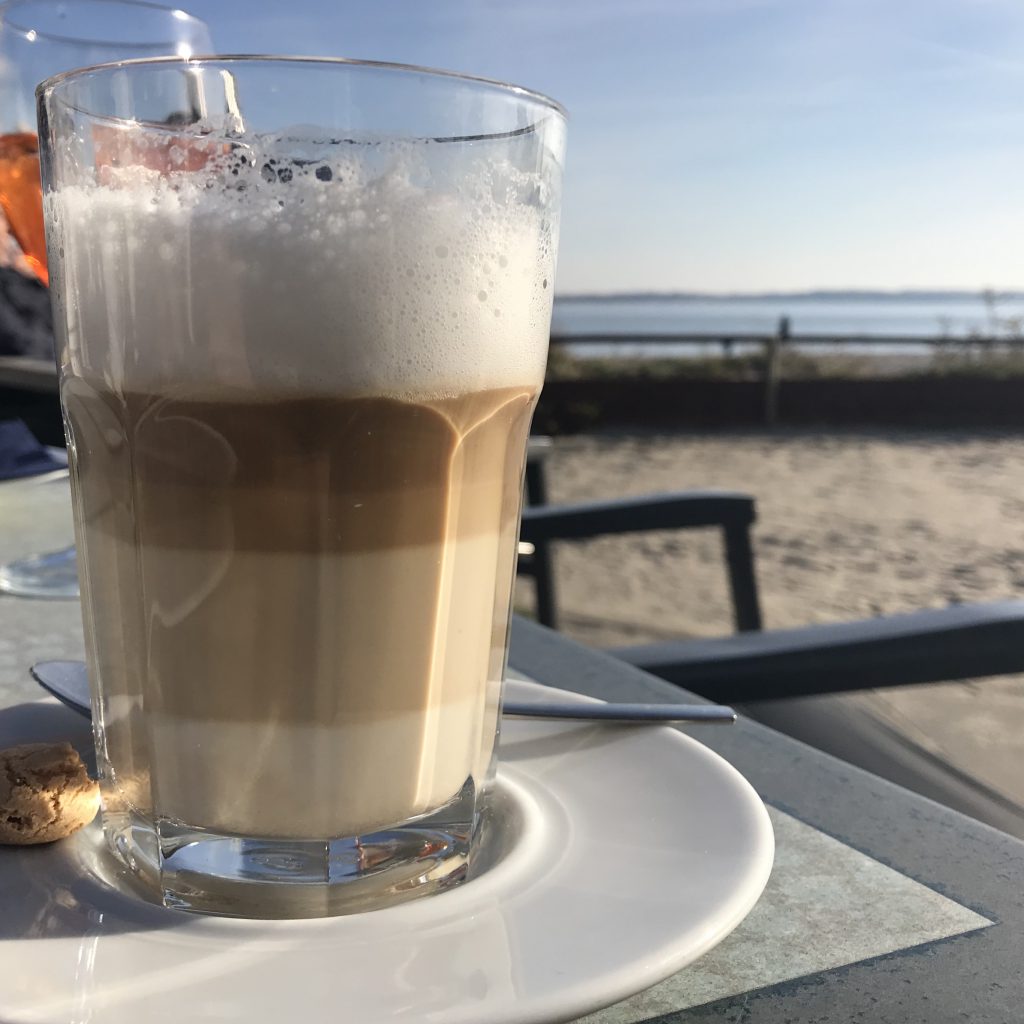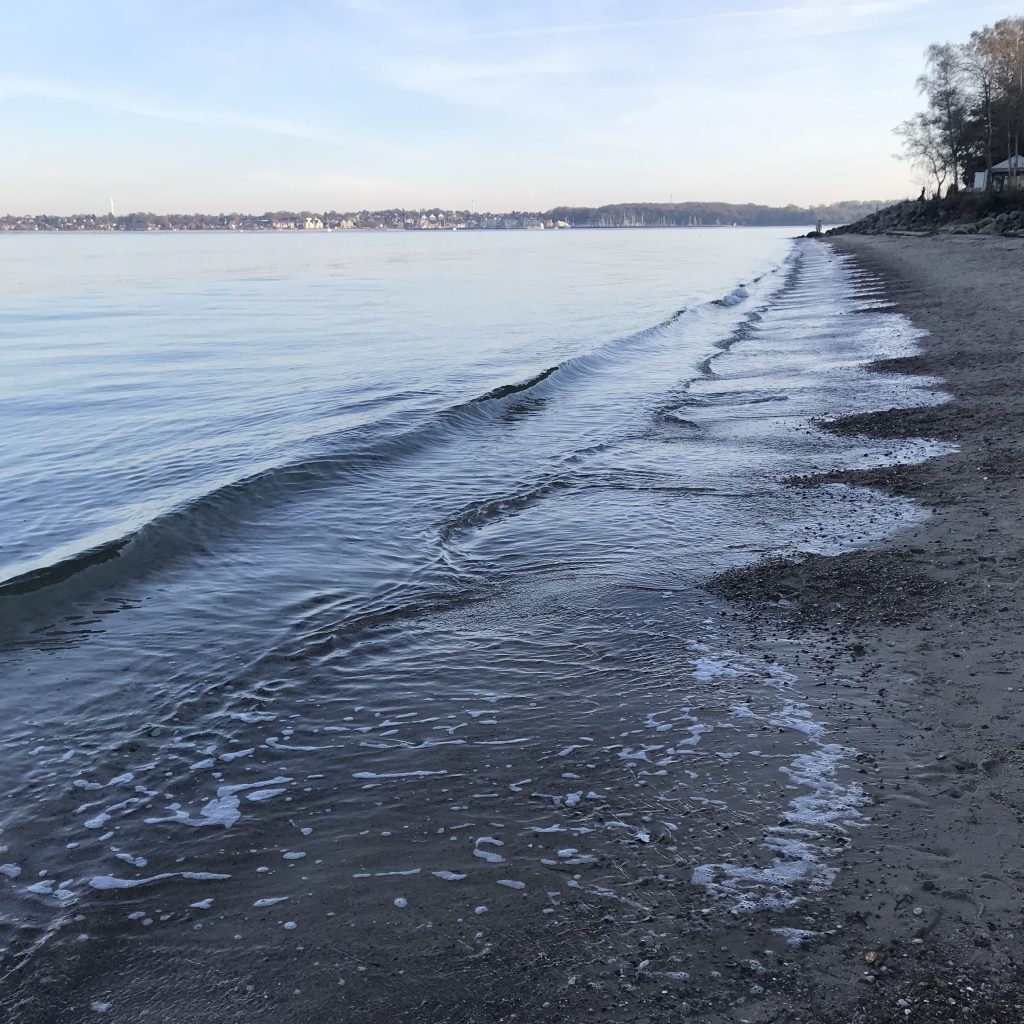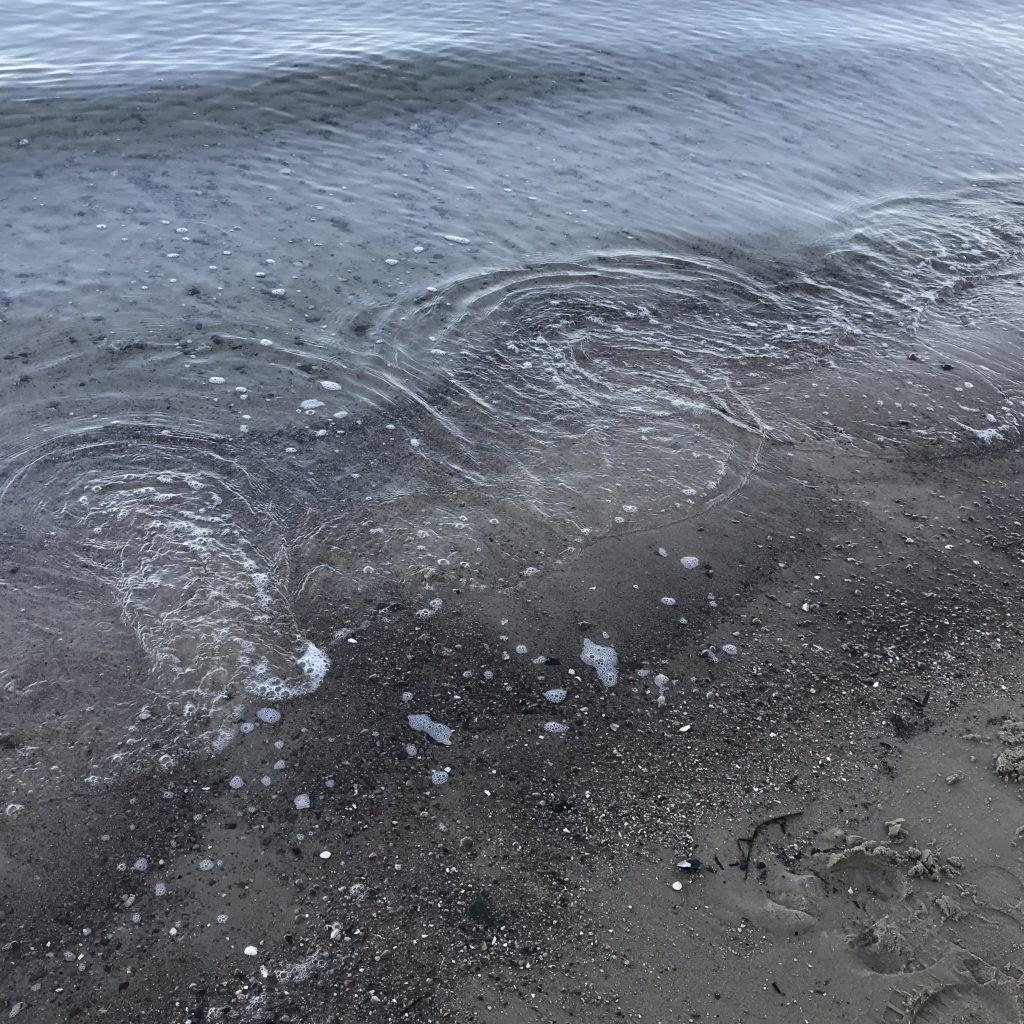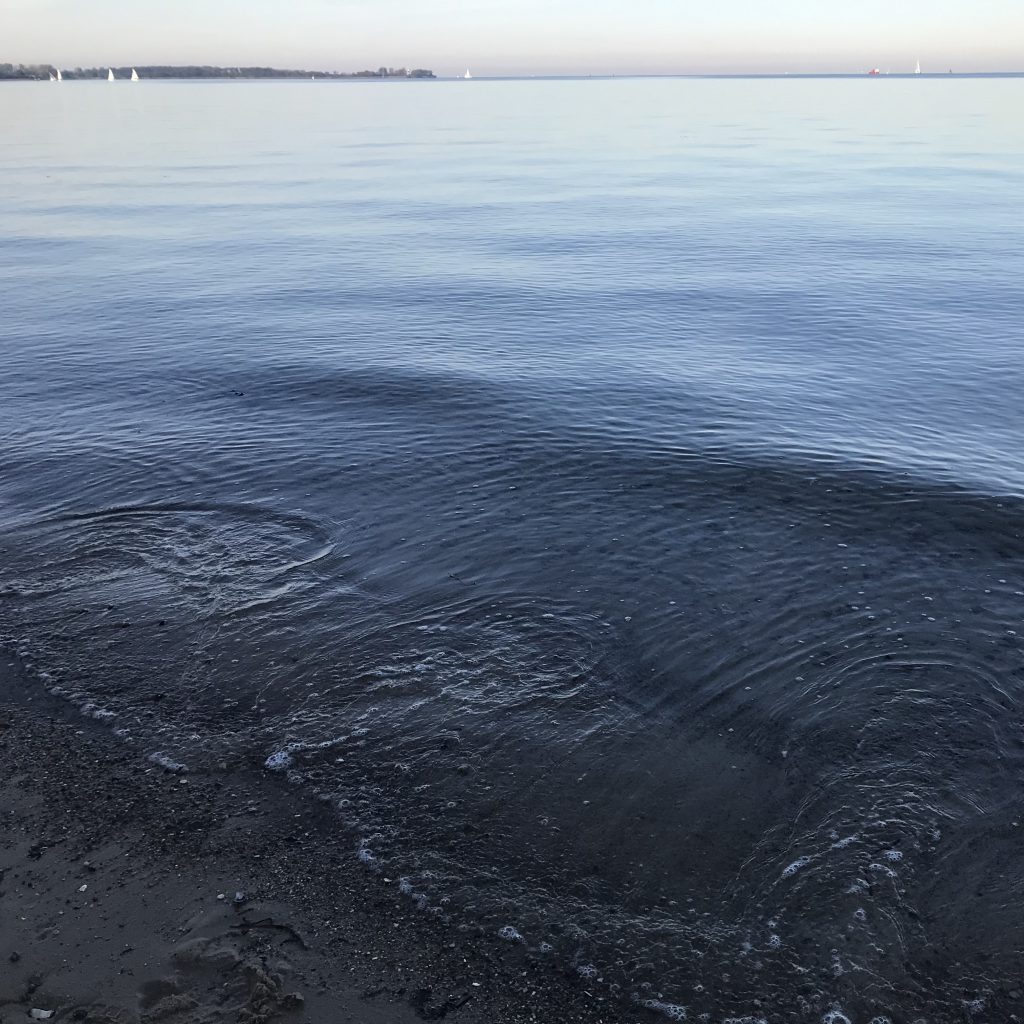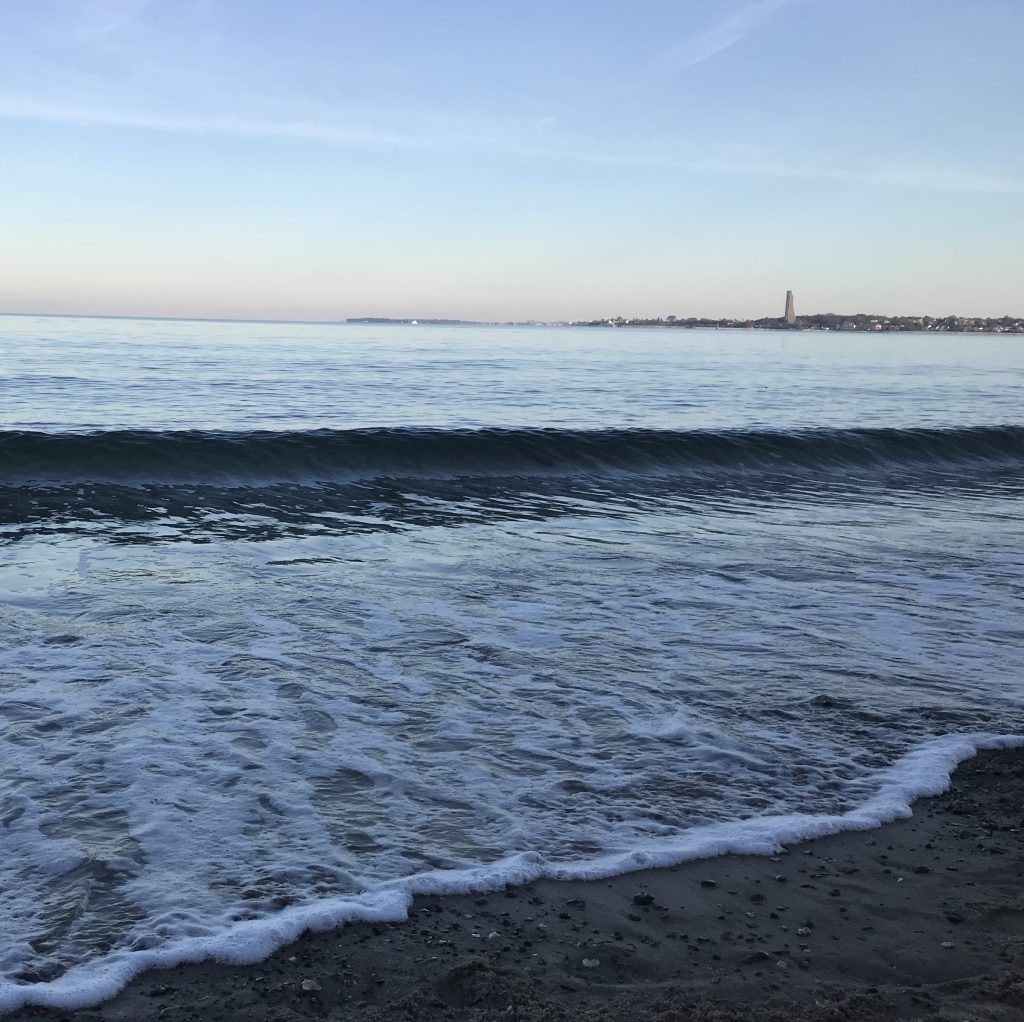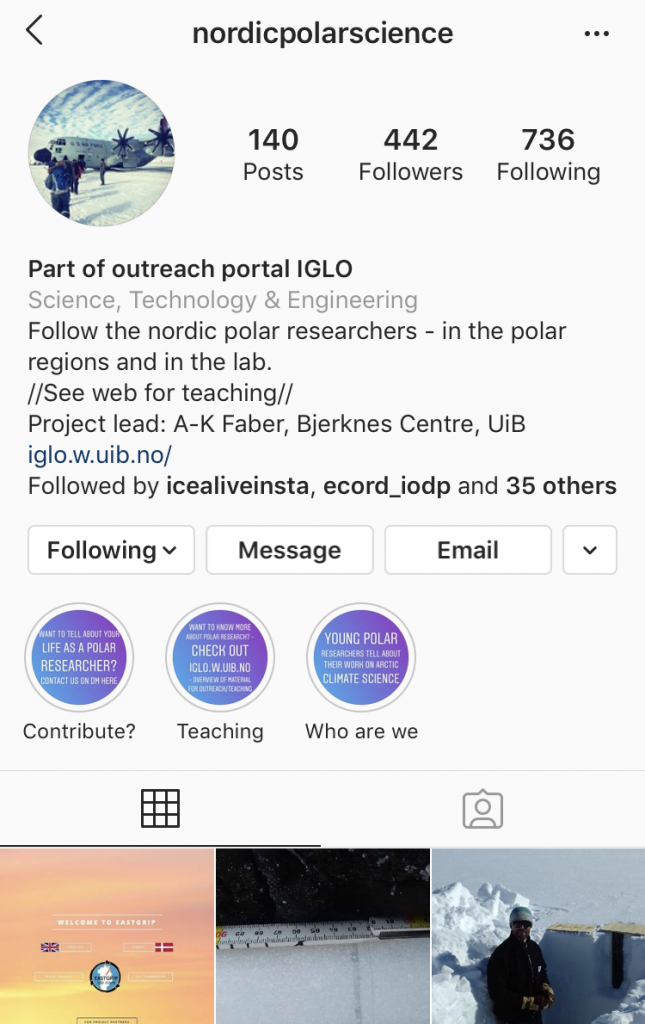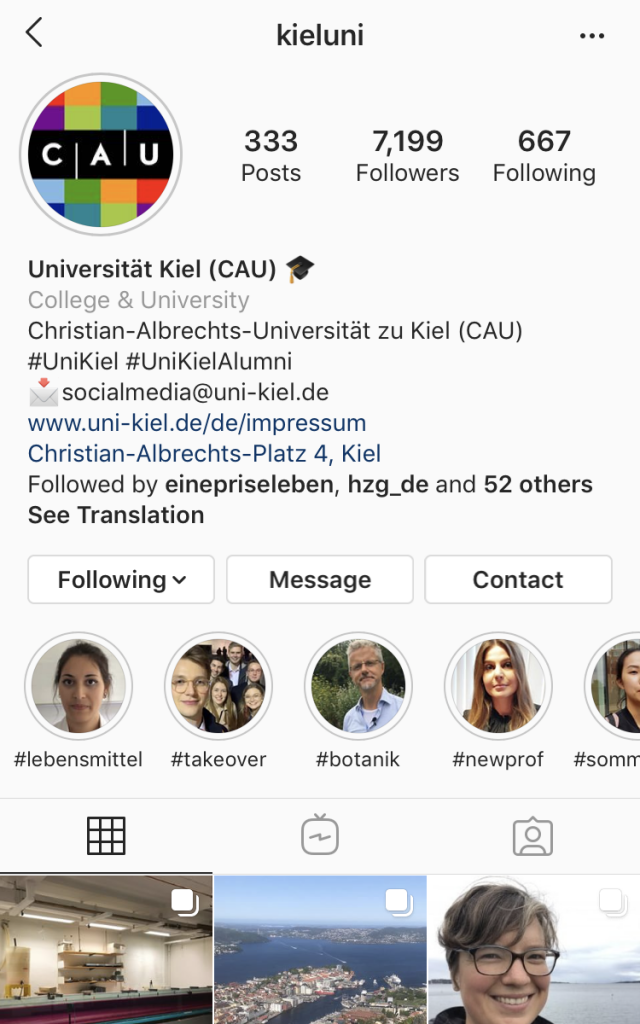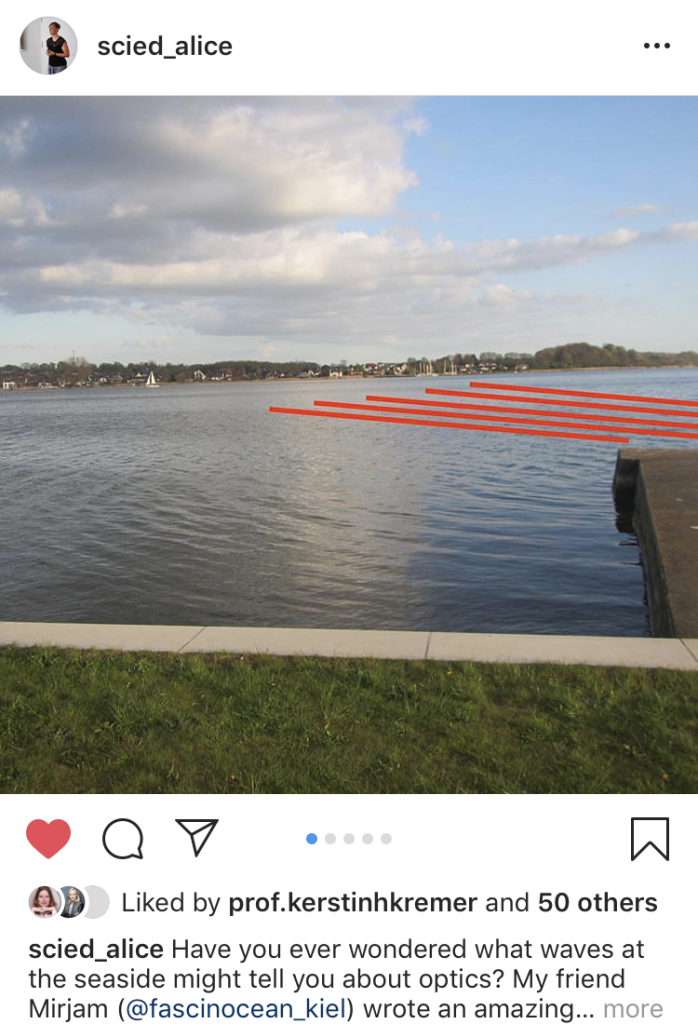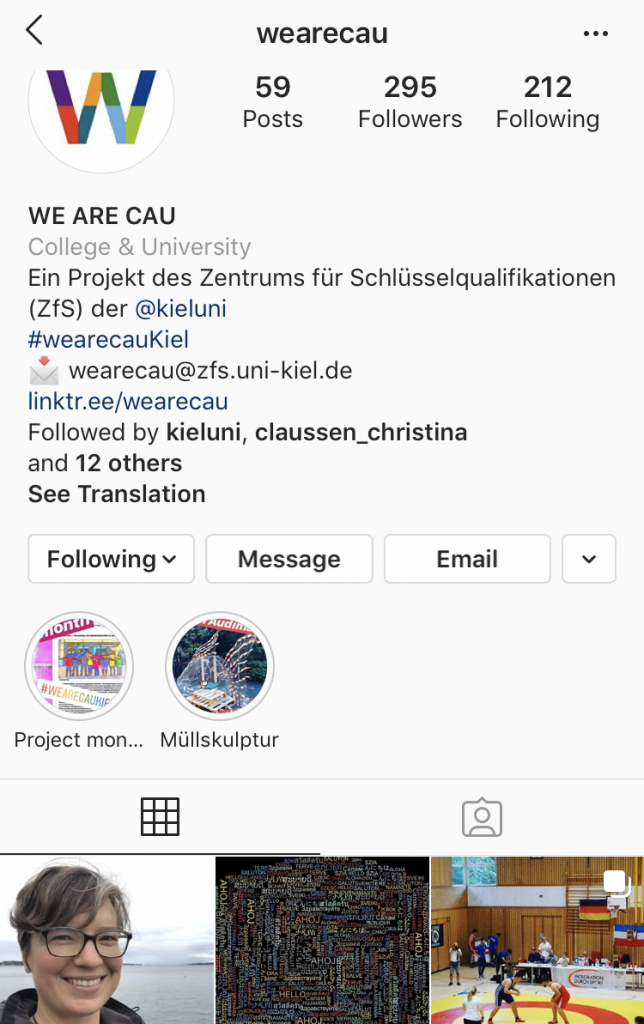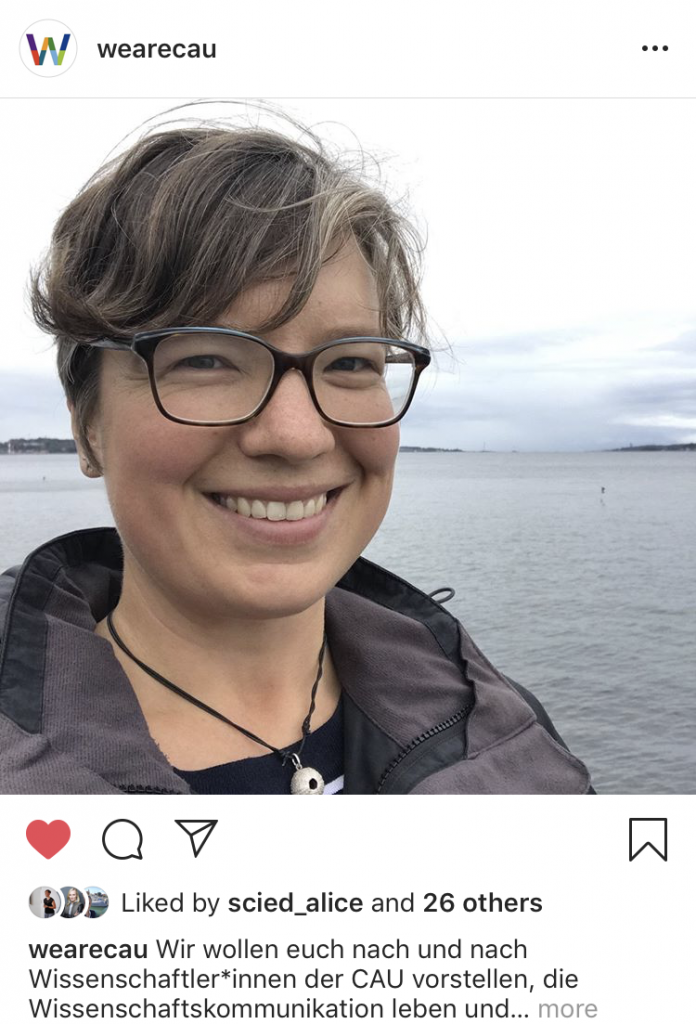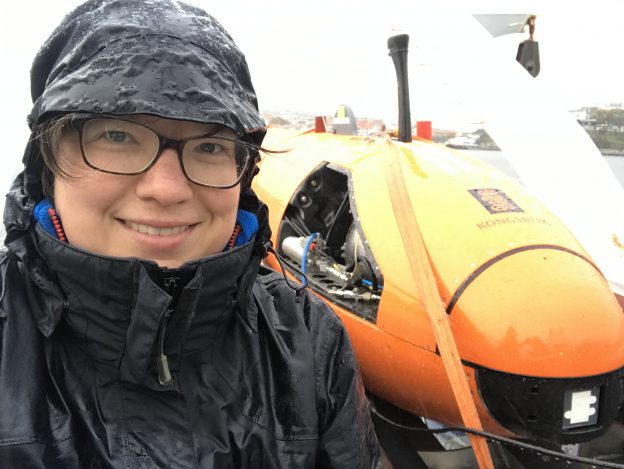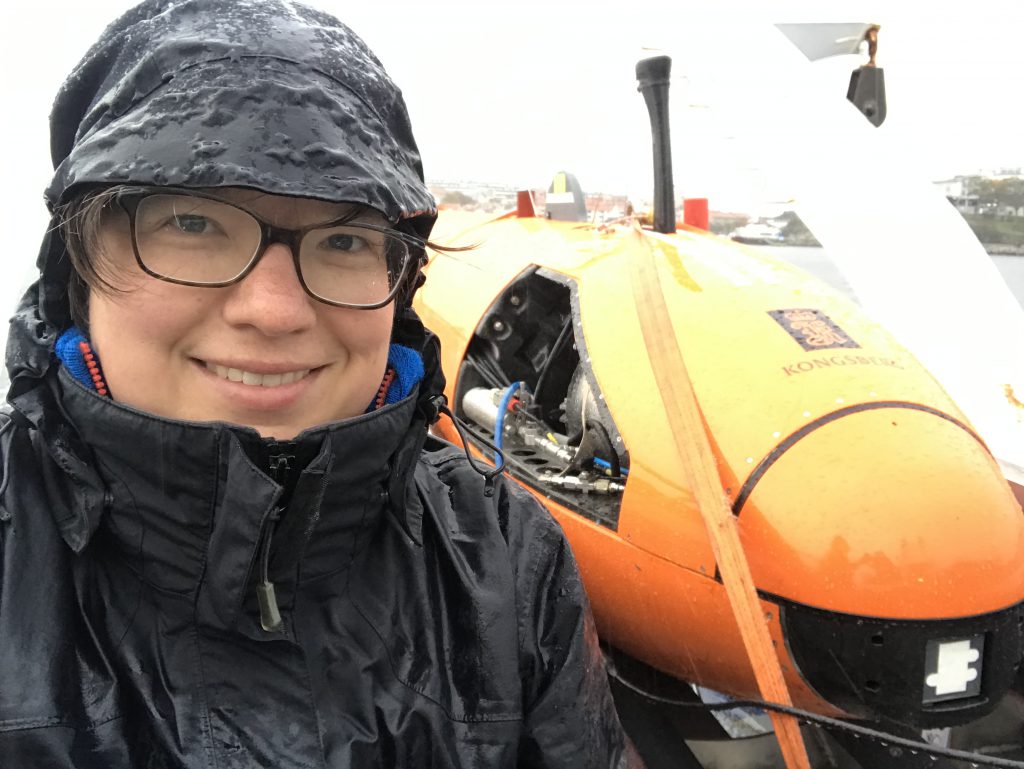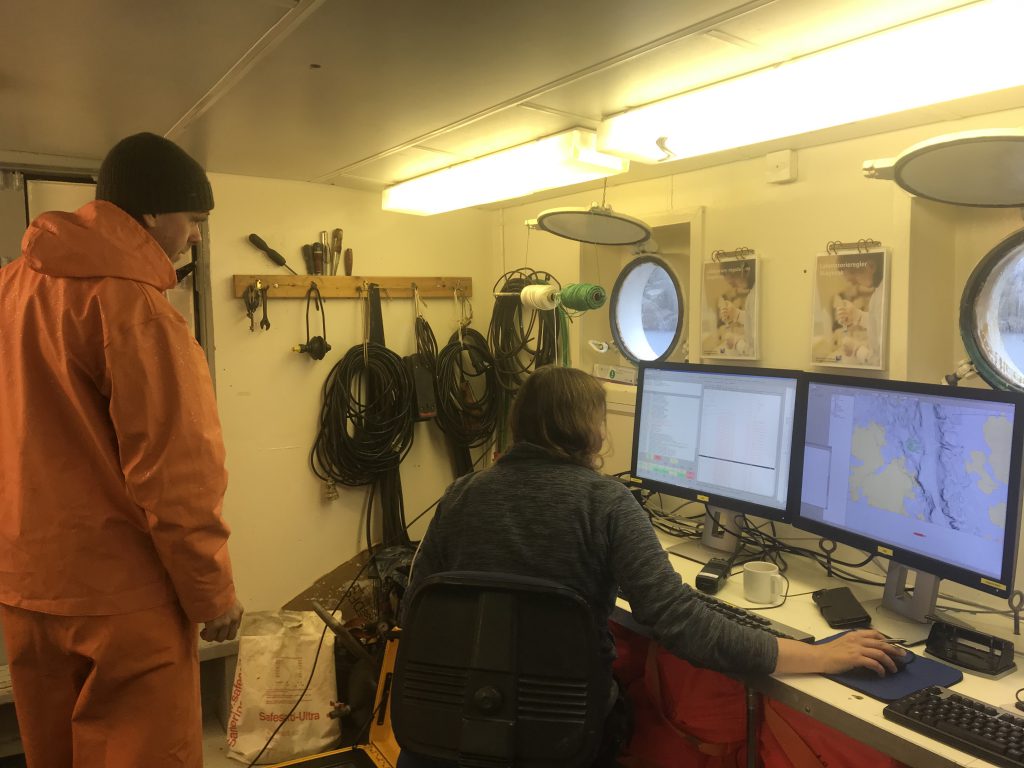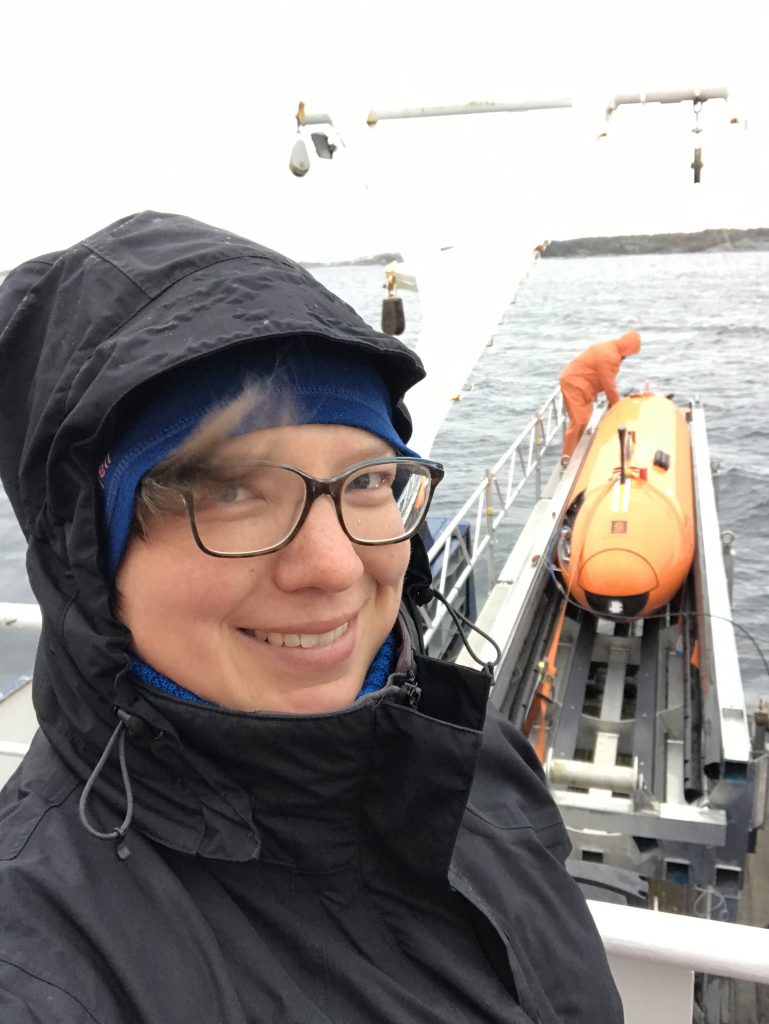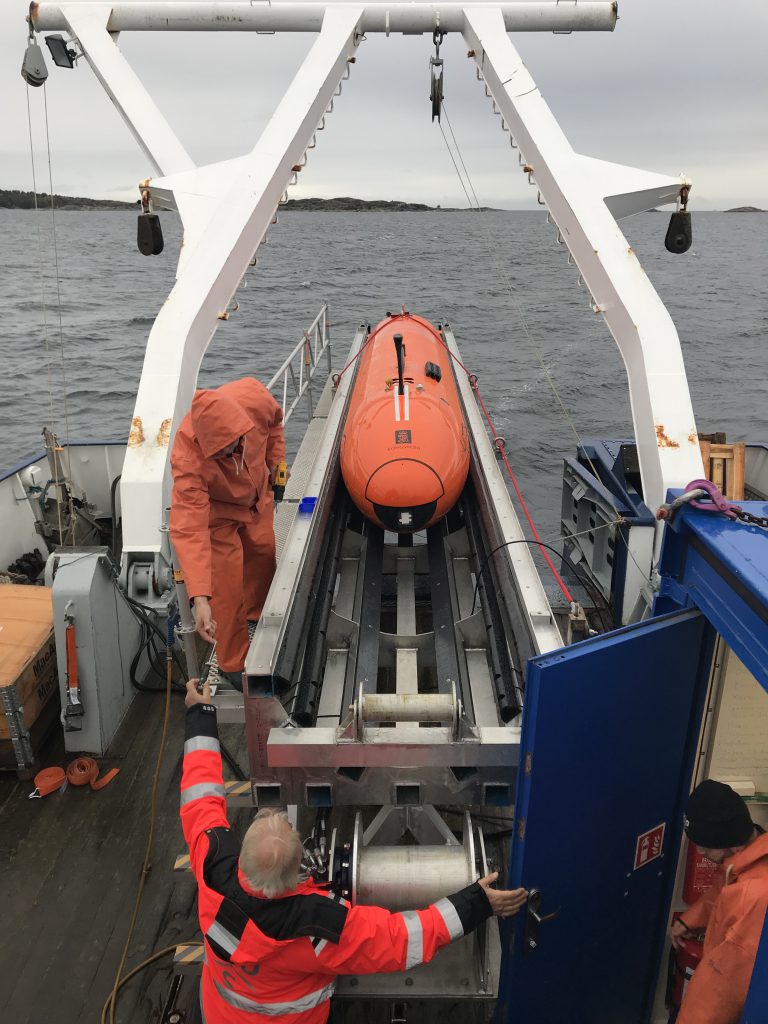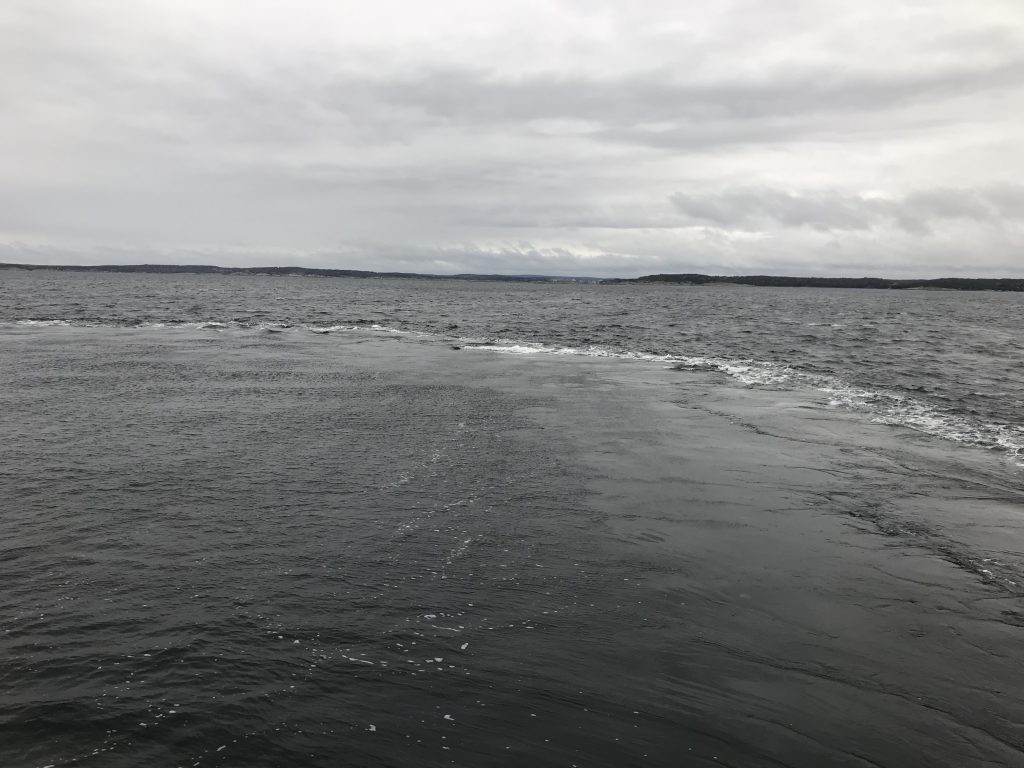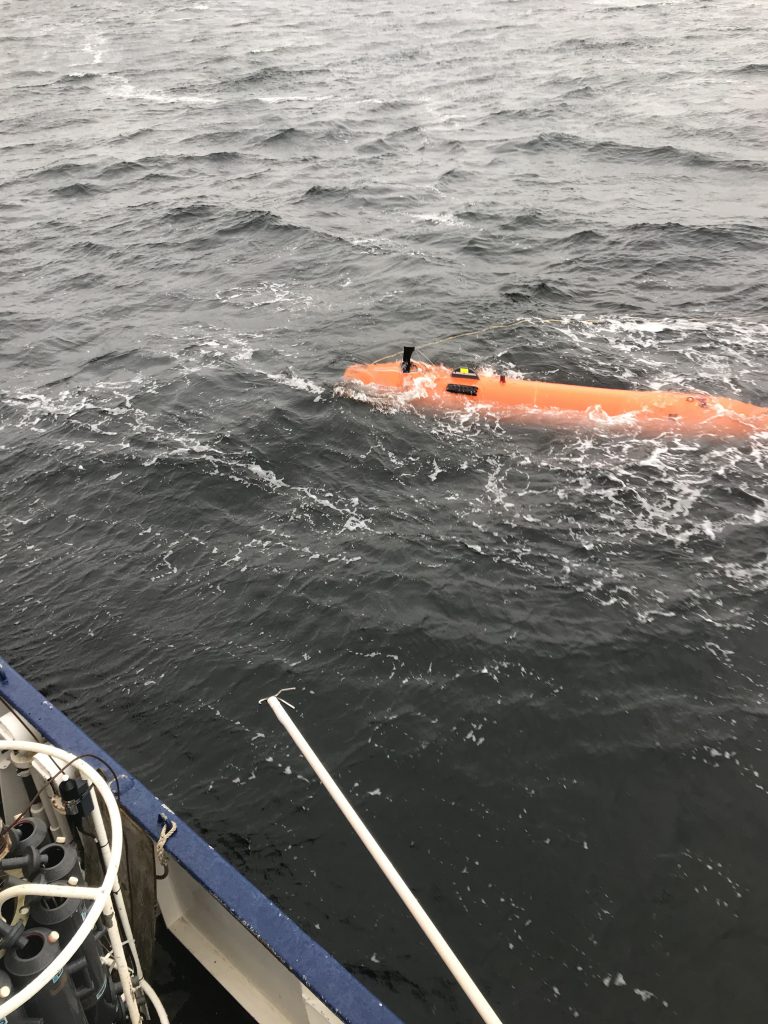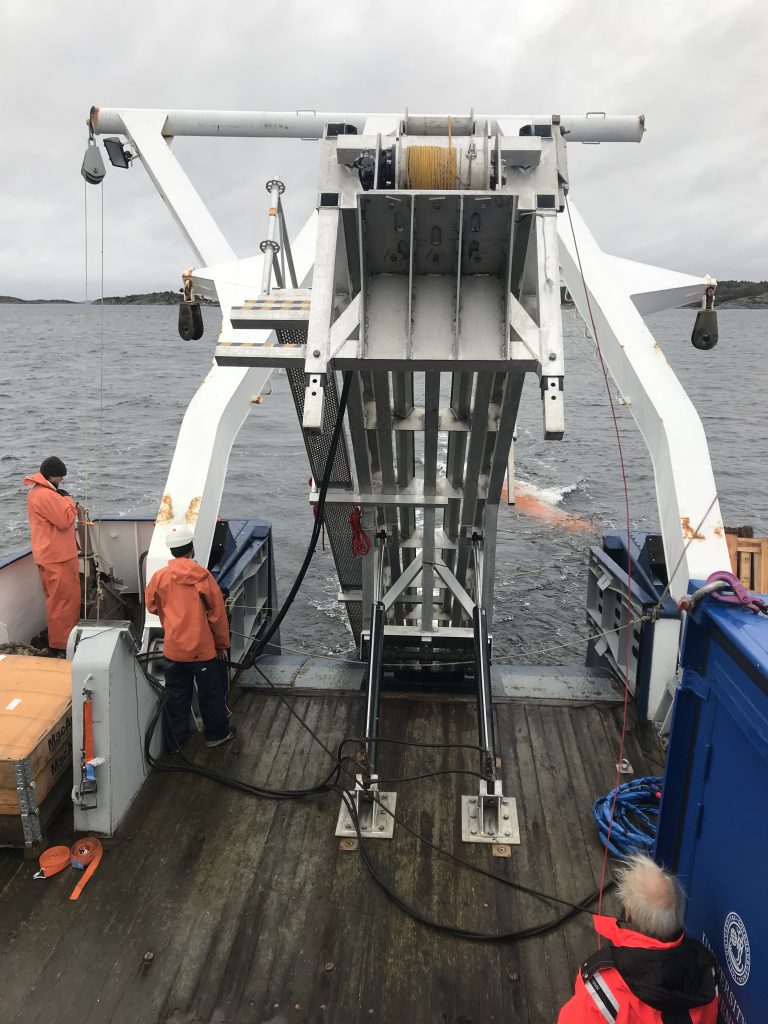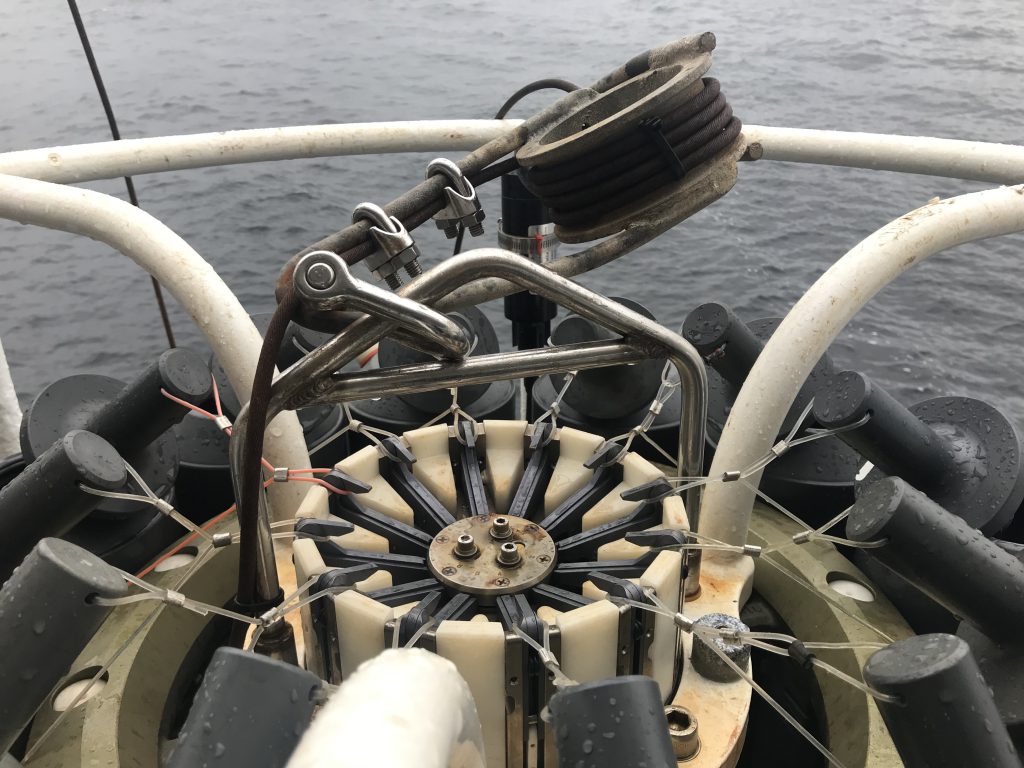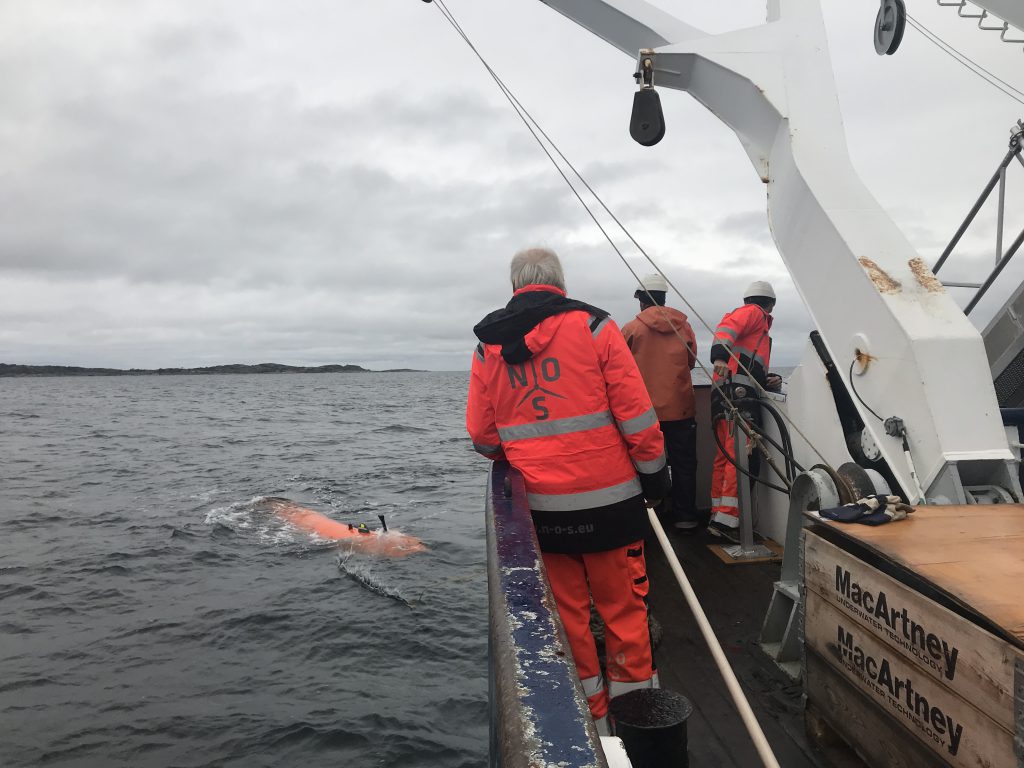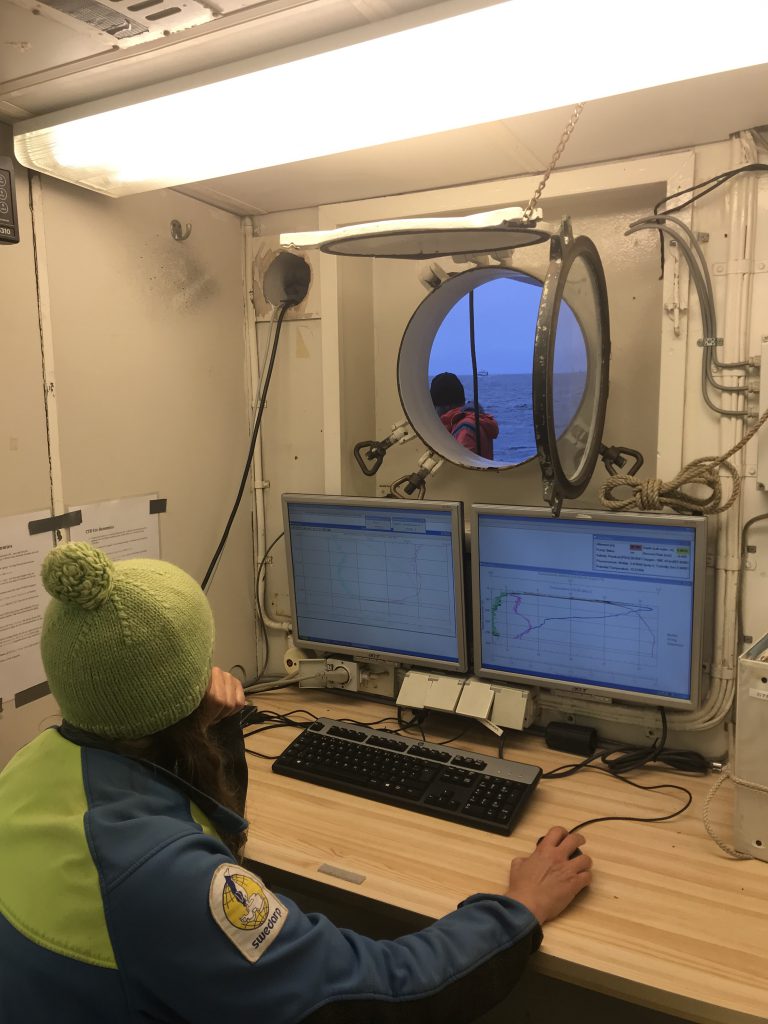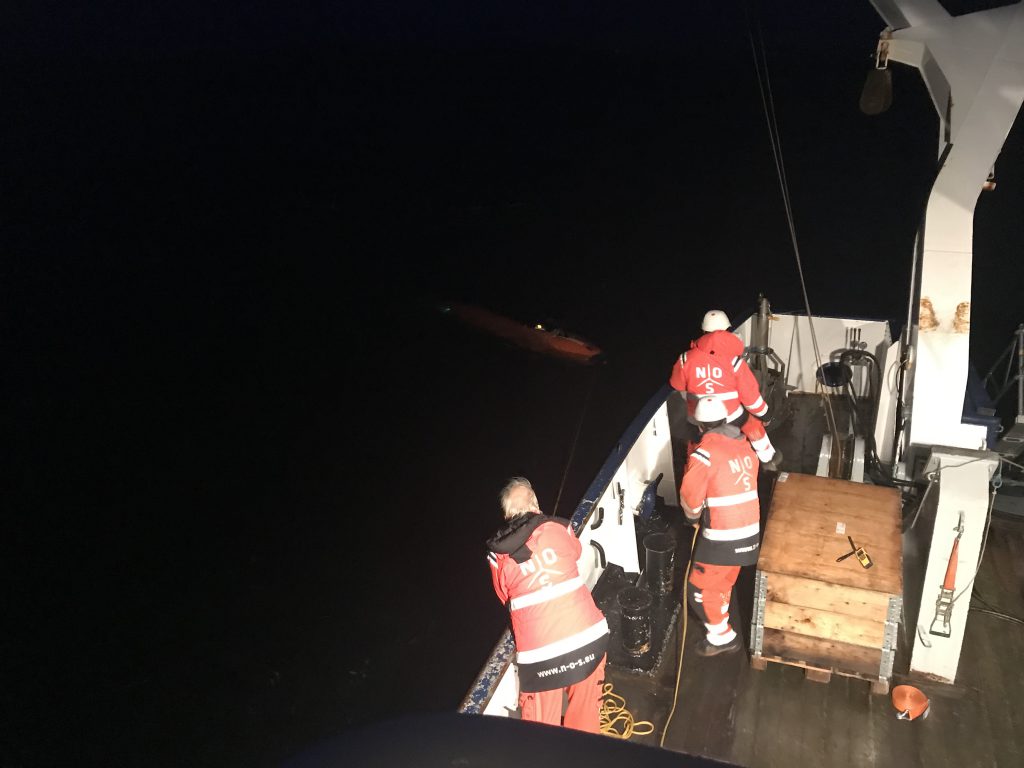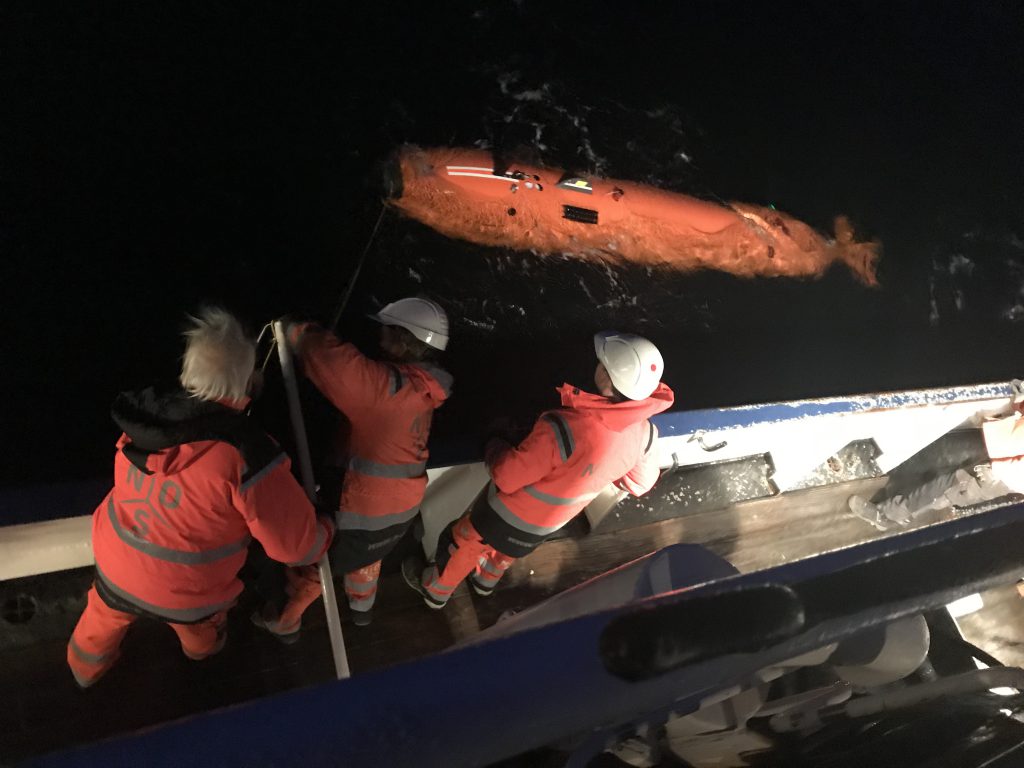Guest posts, take-overs and interviews are a great alternative to maintaining social media channels for every scientist / project / institution individually, if that isn’t what you want to be doing (or — as in my case — a great addition)
As I am preparing a workshop on online science communication, I have been thinking about how maintaining a quality social media presence requires high levels of dedication and commitment, as it requires a lot of work and time. And sometimes, for whatever reasons, committing that sort of time to online scicomm just can’t be the priority, and that is ok. So what do I want to recommend to people who are interested in principle, but who have concerns that it will be too expensive to maintain in the long run in terms of time or energy or ideas or motivation, or whatever else the limiting factor might be?
I think there are ways to do cool and impact-ful online scicomm without building and maintaining a personal social media presence (or focussing on one specific channel and audience and not feeling bad about not doing all the things that one could possibly do).
But first, I believe it is super important to get clear on why we want to appear on social media in the first place.
What are your objectives?
Being clear about what you are trying to achieve is always really good advice, for science communication on social media, outside of social media, for life in general. But especially if we are trying to minimize effort and maximise effects of online scicomm, it helps to be really clear about what the goal is.
If you want to build a community or regularly update a group of people on your project’s progress, having your own social media channels might be the way to go. And I am in no way trying to dissuade you from having your own social media channels! All my suggestions below also apply if you do this in addition to maintaining a regular presence on social media.
If you wanted to, for example,
- convey a message without necessarily becoming visible as a person
- create short-term visibility for a specific project / result / event
- be highlighted to a specific audience that isn’t one you regularly (want to) engage with
- brush up your CV on the online scicomm side (without too much regular work)
- prepare content occasionally, but not regularly
- dip your toes into doing scicomm in a specific format to see how it works for you,
below are some options worth considering.
Who is your audience?
Depending on your goals, you might want to address audiences as specific as, for example,
- students at a specific university
- young adults living in a specific country (or reading in a specific language)
- PhD students working on polar sciences.
And you might want to reach all of them at different points in time, for different reasons and with different messages. For each audience you might want to reach, there are likely accounts already targeting that exact same group of people. The clearer you are about who your audience is, the easier it is to find accounts that have build already that audience to collaborate with.
What is your message?
And does conveying your message include interaction with your audience?
Once you are clear on all this, here are a couple of options worth considering.
Take-overs of rotating accounts
For many communities, rotating accounts on Twitter and Instagram exist. Those are accounts that are focussed on specific topics but are run by different people each week. The benefit of taking over those accounts is that there is a large established audience interested in your kind of content already, that you are instantly exposed to once you take over the account.
Take-overs typically require you to commit to posting on the channel a couple of times throughout the course of a week, and, depending on the size of the channel, it can be quite scary especially if you don’t have a lot of experience using social media beforehand. And, since those channels typically have quite a large following, you should not underestimate the time it will take to prepare content, overthink it, post it, agonize over it and regularly check how it is being received, and respond to people’s comments. But my experience with doing this has been very positive indeed.
For example, last year I took over @GeoSciTweeps (an account with, at that time, 4.6k followers, where each week a different person working in gesosciences presents what they do) and @IAmScicomm (where people working in/on/with science communication present themselves) with then 18.6k followers. Both weeks were great experiences that led to me making super interesting new connections and friendships. Depending on which community you want to interact with during your take-over week, there are many many more rotating accounts and it is definitely worth taking a moment to figure out which is the right account for your purposes.
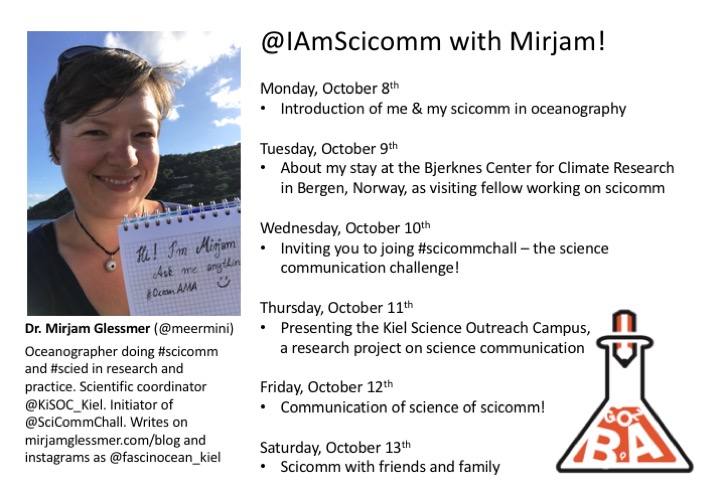
My plan for my takeover of @IAmScicomm in October 2018
Similar accounts also exist on Instagram, for example @nordicpolarscience, which we used earlier this year to inform an audience of mainly students in anything related to nordic polar sciences about our fjord oceanography student cruise. See example below:
Guest “take overs” for institutions
Instead of doing a take over on a rotating account, you could also do one for an institution like your university. I was asked to take over Kiel university’s Instagram @kieluni for a couple of days, and it was fun!
Caution — “take over” for an institution might mean something different than for rotating accounts. In case of Kiel uni it means you have to pre-produce content, and they will post it themselves. Which is actually very convenient (if you realize this early enough, which I did not. But you live and learn ;-)).
This take over had unexpected effects: Before our first session using 4 rotating tables simultaneously, one of the students approached and asked me if it was me who did this takeover with the cool tank experiments on @kieluni weeks ago! Glad to prove to Torge, who was part of that conversation, that Social. Media. Works! :-)
Guest posts
Sometimes there are blogs that cater to your intended audience that are happy to accept guest posts.
A while back, I wrote a guest post at Sci/Why, a blog for Canadian science writers for kids. They invited me to write the guest post, and why not? It was fun!
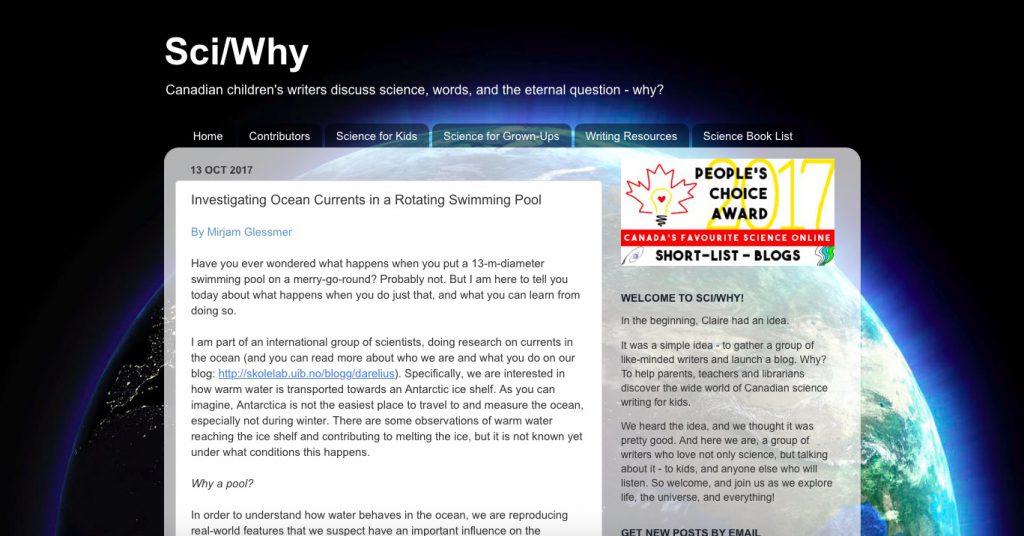
Screenshot of the Sci/Why website
A really good example for a very successful guest posts is one I recently hosted on my blog: Dan’s post on an analogue activity to understand how machine learning works. This post received a lot of attention on Twitter and I am excited to provide my platform to give visibility to such a great project! If you are interested in writing about anything related to “Adventures in Oceanography and Teaching”, please get in touch and I am happy to host a guest post!
Another example of a guest post I did is on my friend Alice’s blog and Instagram for her #experimentalfridays series.
What makes guest posts really convenient is that you can write them whenever it suits you, edit them as often as you might like, talk to your host about how to make them the best fit for their audience, etc.. So in a way it might feel like it is the “safest” way to do online scicomm, because it’s the slowest, most familiar way.
Being featured on accounts
There are also a lot of accounts that are happy to feature you and/or your work because their goal is community building.
For example, I was recently featured on @WeAreCAU on Instagram. Their goal is to feature people with a connection to Christian Albrechts University Kiel (CAU — hence “We are CAU”), and as an alumna I thought this was a great opportunity to connect with people at this university.
Being featured this way was also a super easy thing to do, all that was needed was a picture of myself and a short text, which I wrote when it suited me, and which they then posted when it worked with their schedule.
Providing information to other accounts
Sometimes, the goal is just to get a message out there without necessarily becoming visible as the person / project / institution behind the message. I recently met the person behind @doktorwissenschaft, a very popular german Instagram account, “Dr. Science”, who posts two science facts every day. He was happy to receive a list of ocean facts (complete with references ;-)). And using his account with 38k followers (and 3k “likes” on my most recent post on his profile) gives my content so much more visibility than I could achieve with my own channels, so I am really happy about this collaboration. Win win!
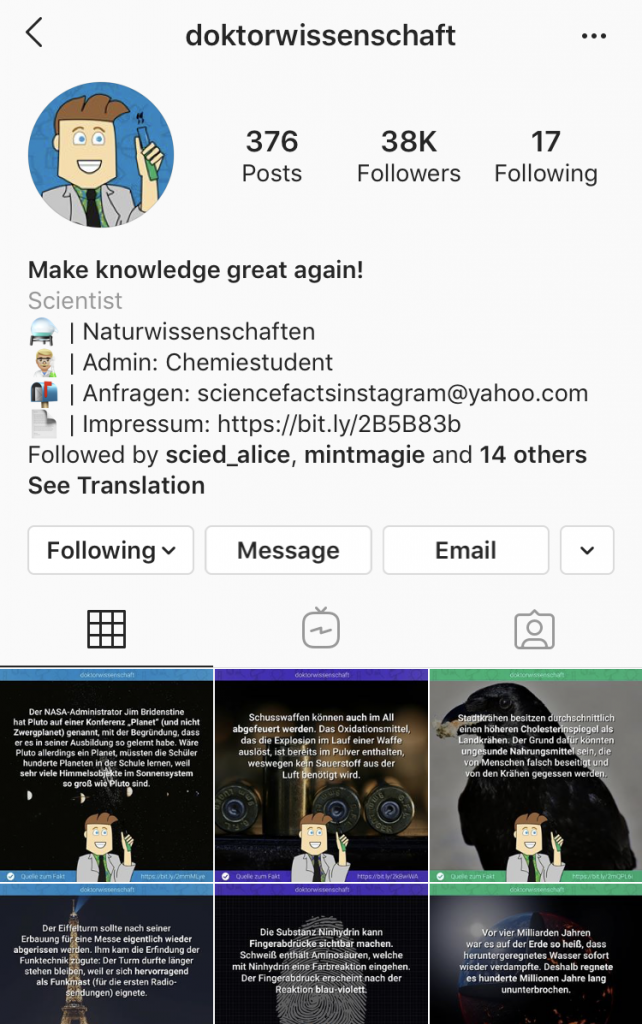
The popular Instagram-profile “Doktor Wissenschaft” posts twice daily facts in physics, chemistry and biology!
Again, this is a super easy collaboration, as both parties can work on their own schedule.
Giving interviews
This might actually be the most conventional way of reaching new audiences. And in a way it might also be the easiest way, because you are interacting with a host that will help you tailor your message to their audience, that they know a lot better than you do.
I’ve done this several times over the last year, for example on Susanne Geu’s blog, and on Ronja & Maxie’s podcast “Treibholz”.

My experience doing these guest posts, take overs, etc.
Time commitment
Depending on the kind of collaboration you choose, you need to be aware of how much work it will bring with it. I did the two twitter takeovers mentioned above while being a visiting scientist in Bergen, thinking that then at least I would have something to talk about. But trying to work on other things at the same time and going on student cruises, and that was actually a little overwhelming. Maybe also because it was the first time I tried doing something like this, but I would definitely recommend doing such takeovers on a slow week at home rather than a week where you want to make the most of visiting a place, chatting with people you don’t get to see regularly, go on cruises, etc.. Also do it during a week / in a place where you know you will have good internet access. So being on a ship might not be ideal.
On the other hand, if you choose to work with pre-produced content on channels that you will not be administering yourself when your content is being posted, this is something that you can prepare over as much time as you like and thus fit it around your schedule. So this might actually be something worth considering for a really busy and important week, on a field trip, a conference, whatever, the week your big event is taking place, to raise awareness for whatever you are up to that week without actually having to do anything about it during those busy times, and without depending on having good internet access. Provided everything is prepared beforehand…
Would I do it again?
Yes!!! As I was writing this post, more and more examples of where I have contributed to other people’s online scicomm came to my mind. I didn’t realize I had been doing it so much. And it was fun, I enjoy looking back at each individual interaction and all the different products that came out. It was also work. Of course, being suddenly able to reach audiences that I wasn’t familiar with and some that were so much larger than my usual audience was also both exciting and terrifying. I would totally do it again and I would totally recommend trying it!
And also if you are thinking about taking up a new-to-you form of scicomm, doing a guest appearance somewhere is a great way to test the waters. The coolest scicomm idea doesn’t actually carry very far if it turns out that you HATE the app you need to work with in order to communicate on a specific social media channel, you really can’t find a lot to say on a specific topic, or you find it annoying to write for a specific kind of audience. So this is a really great way to see what it would be like to do this kind of scicomm and get some reactions!

